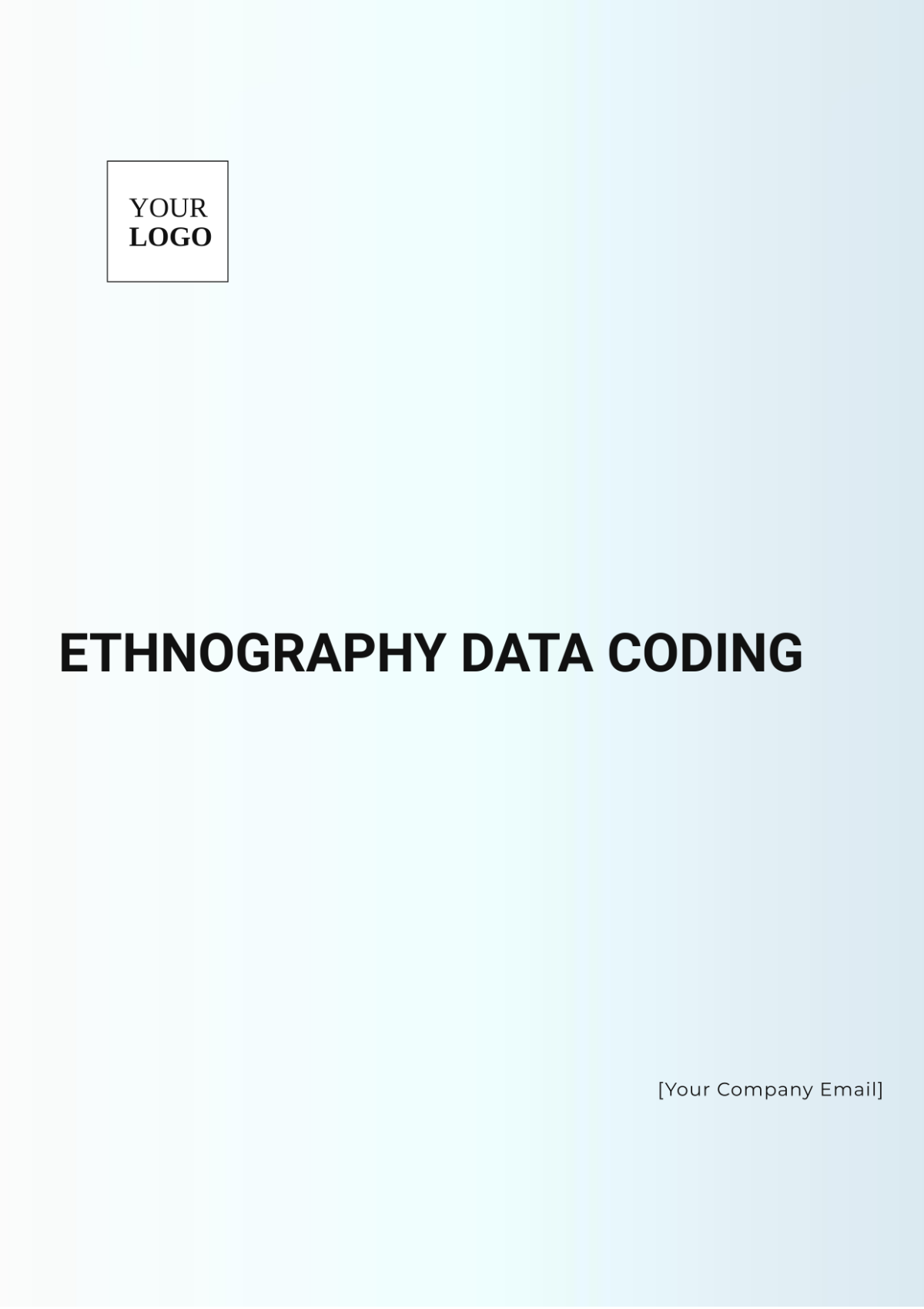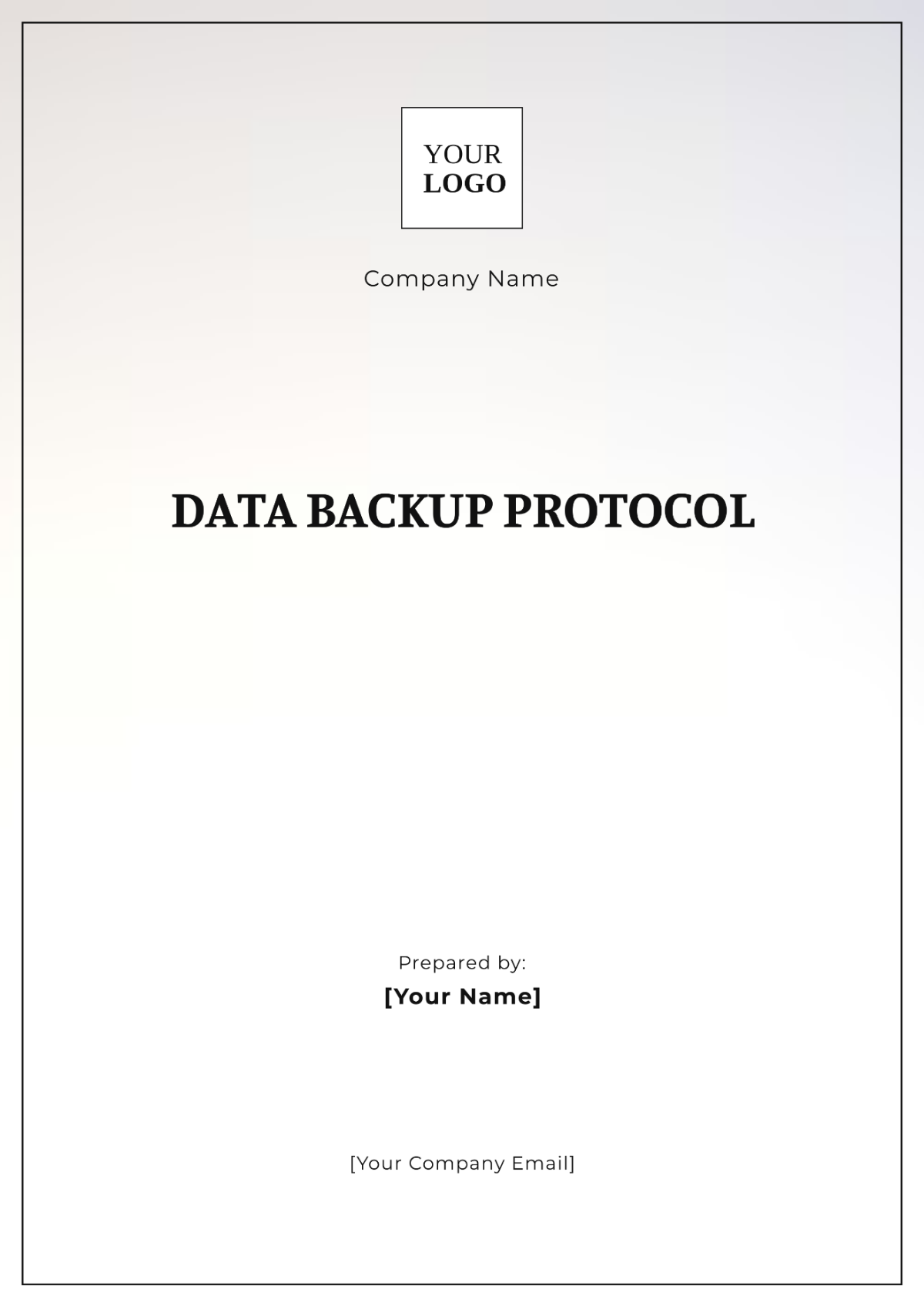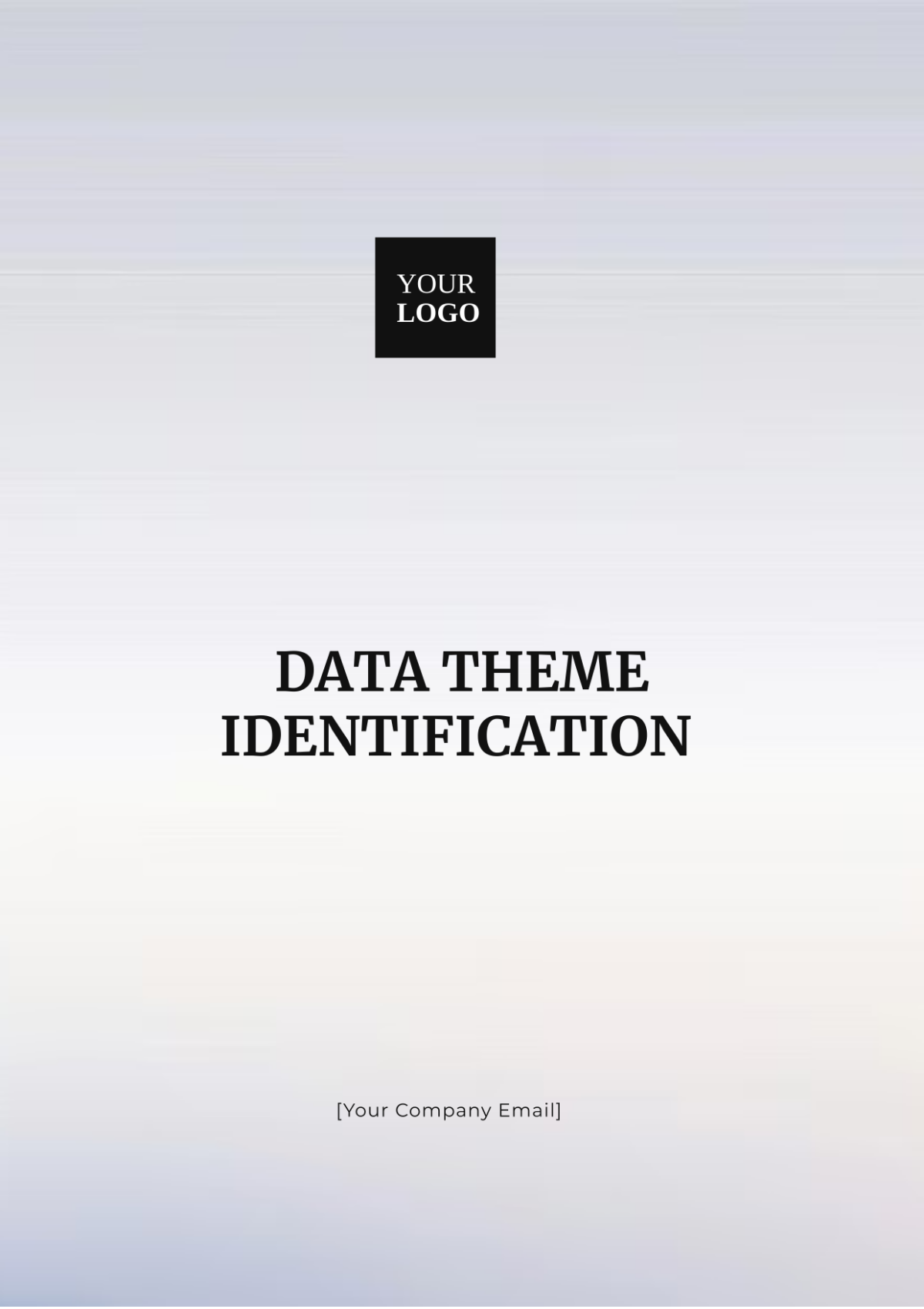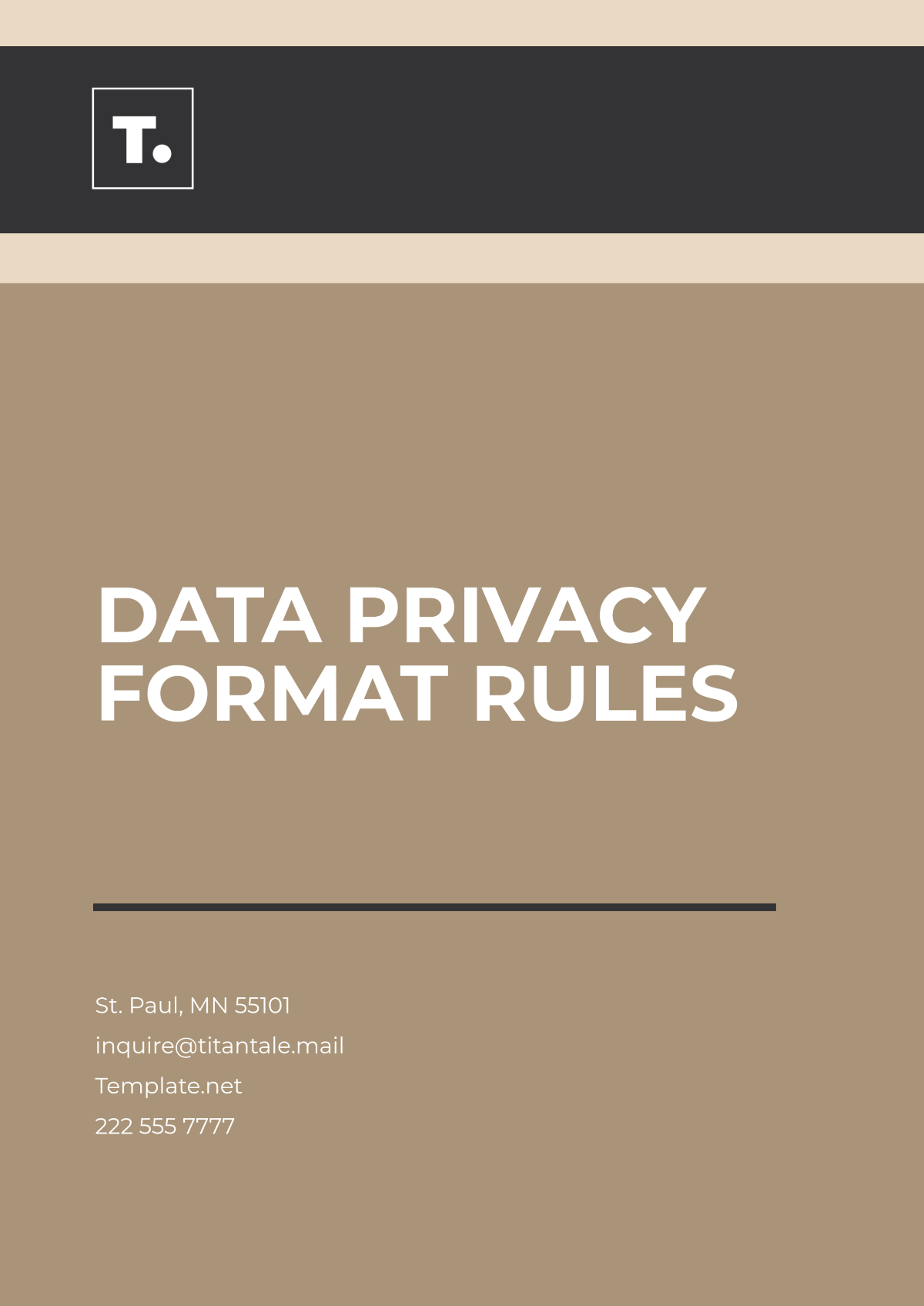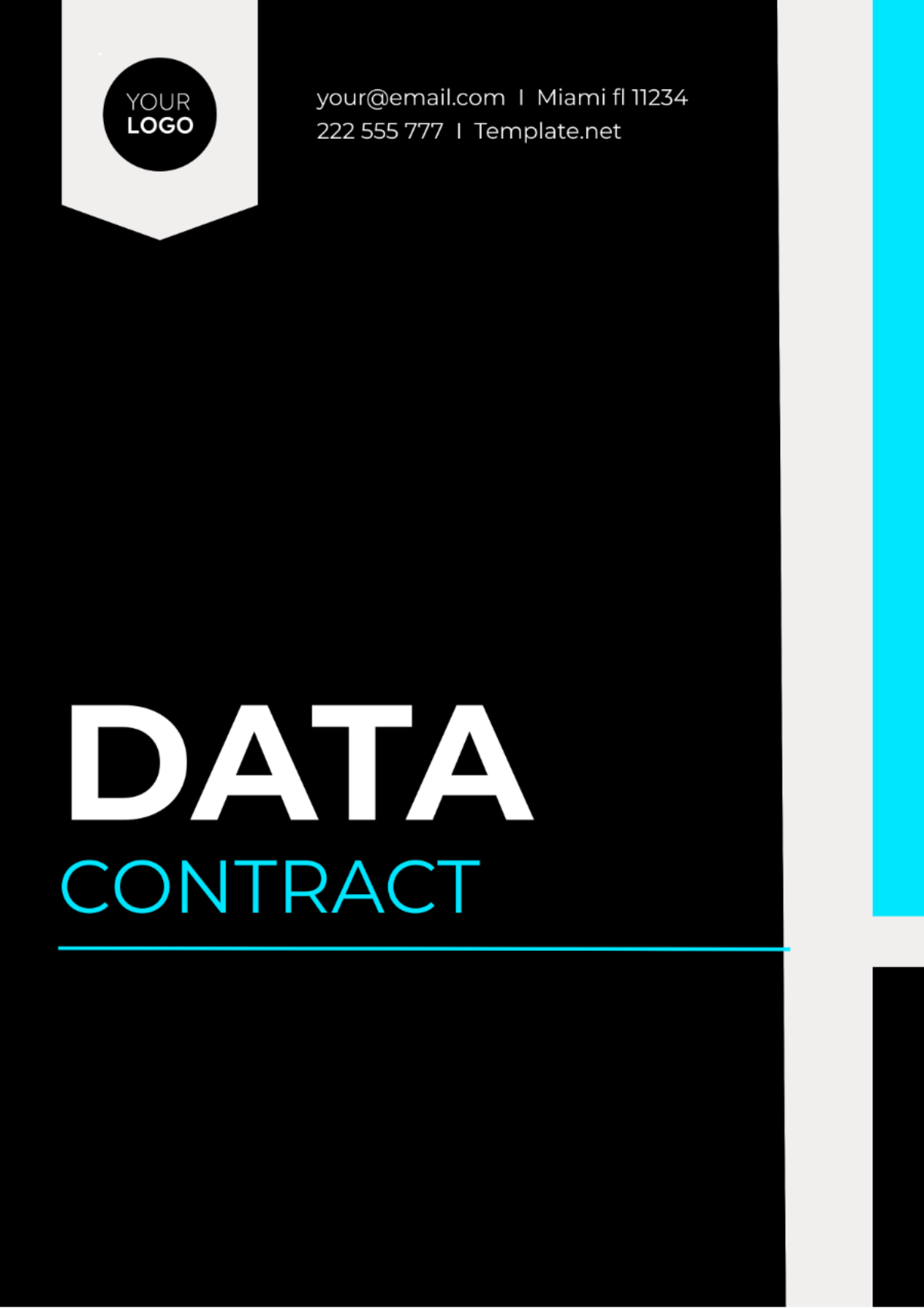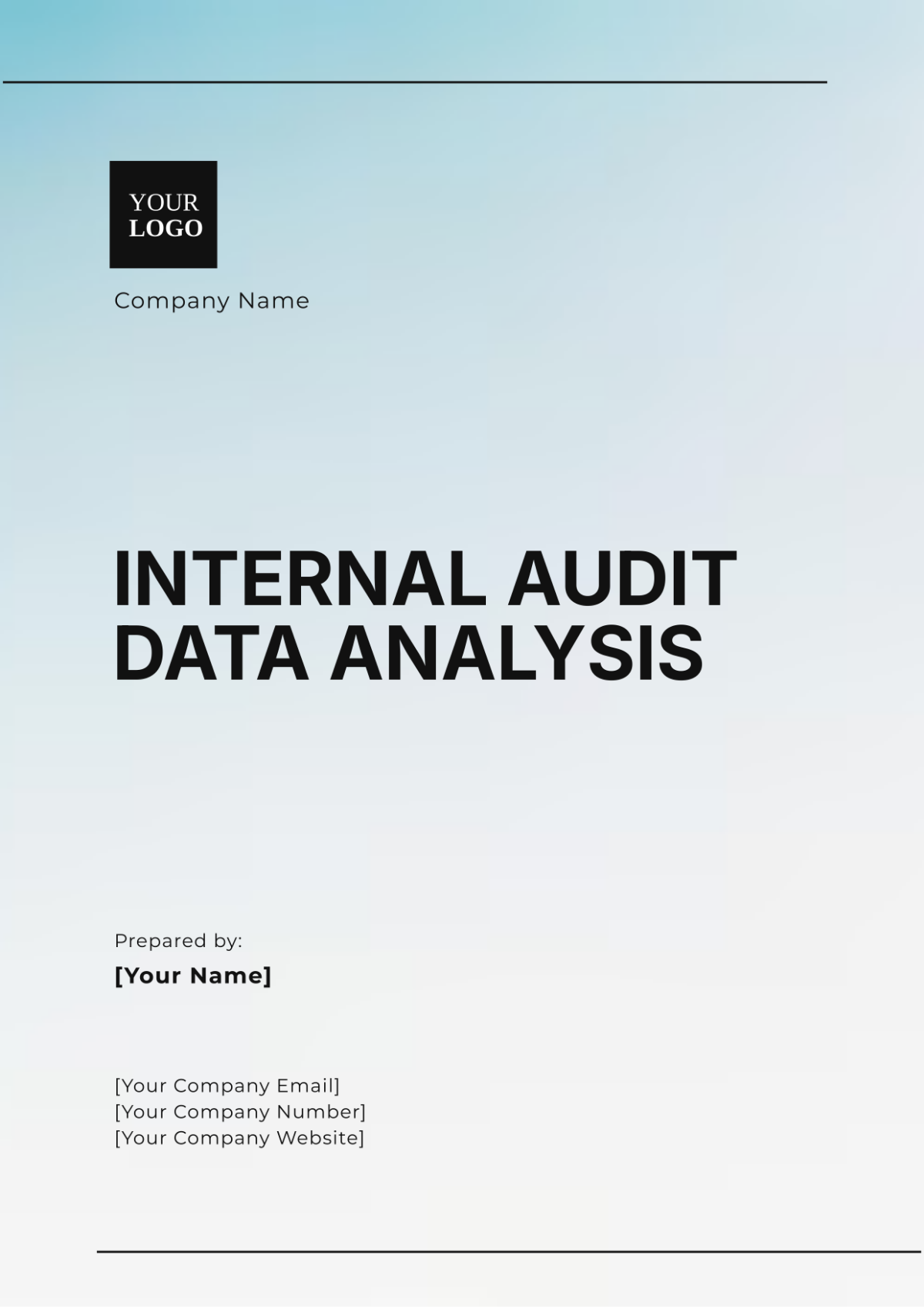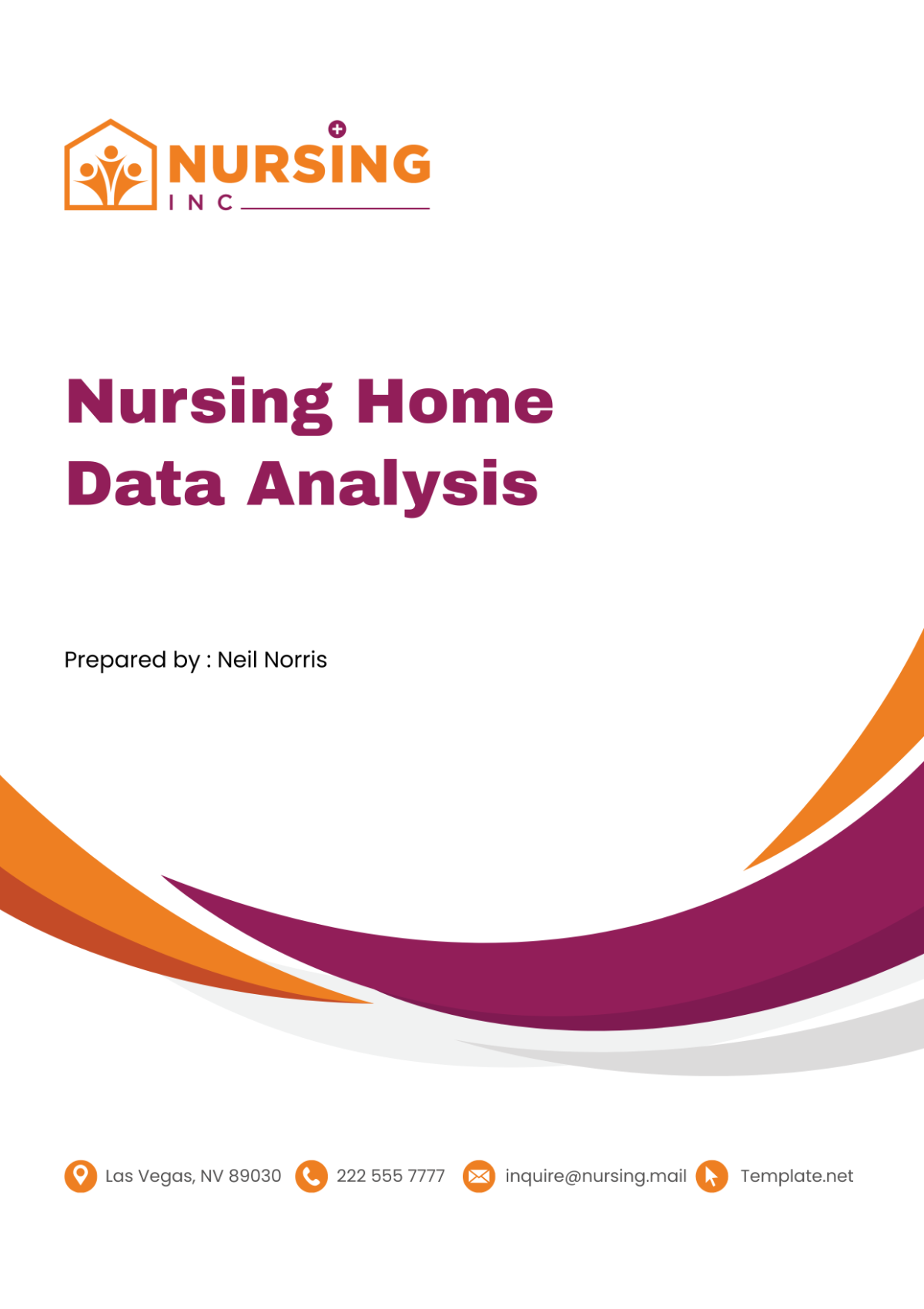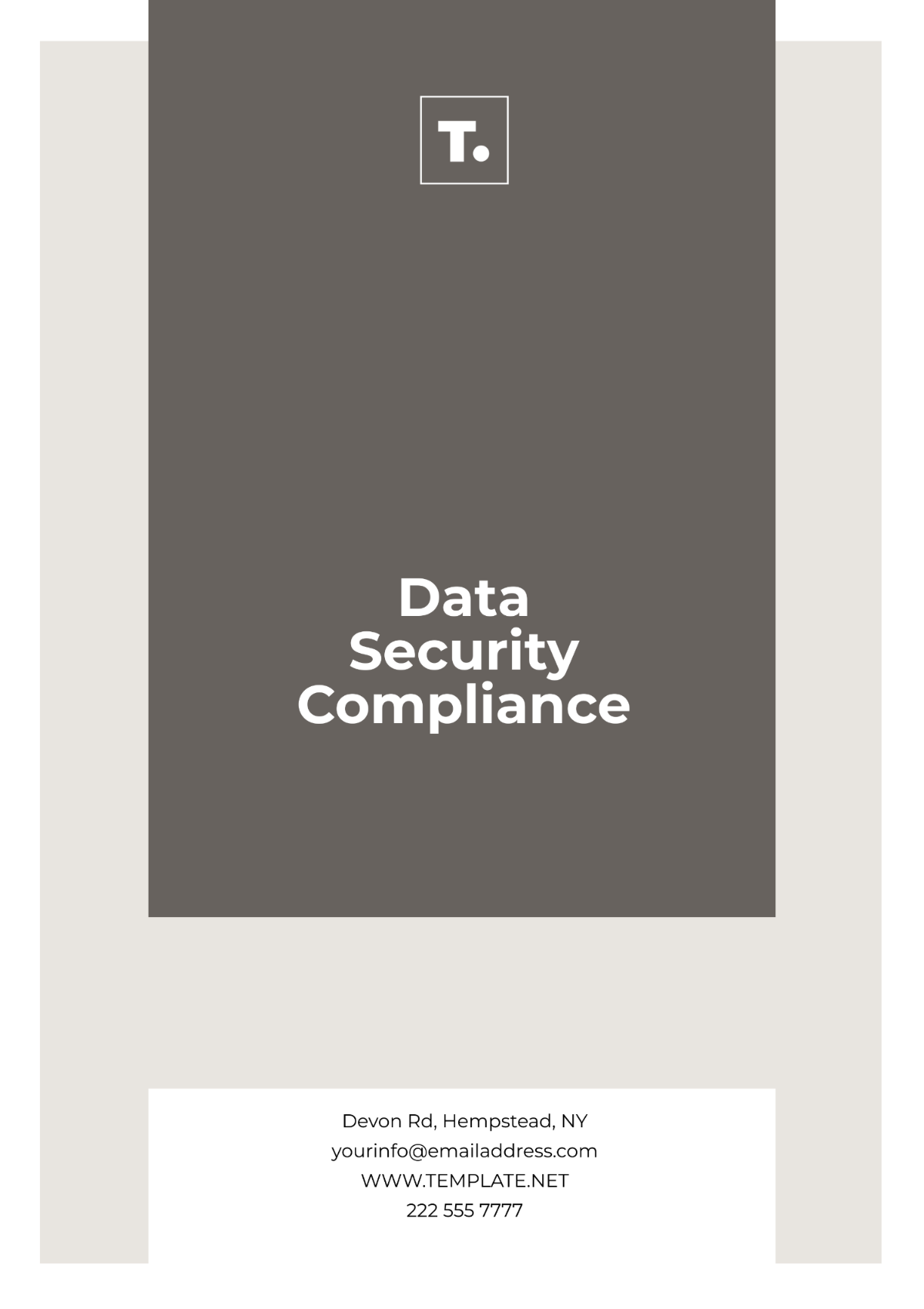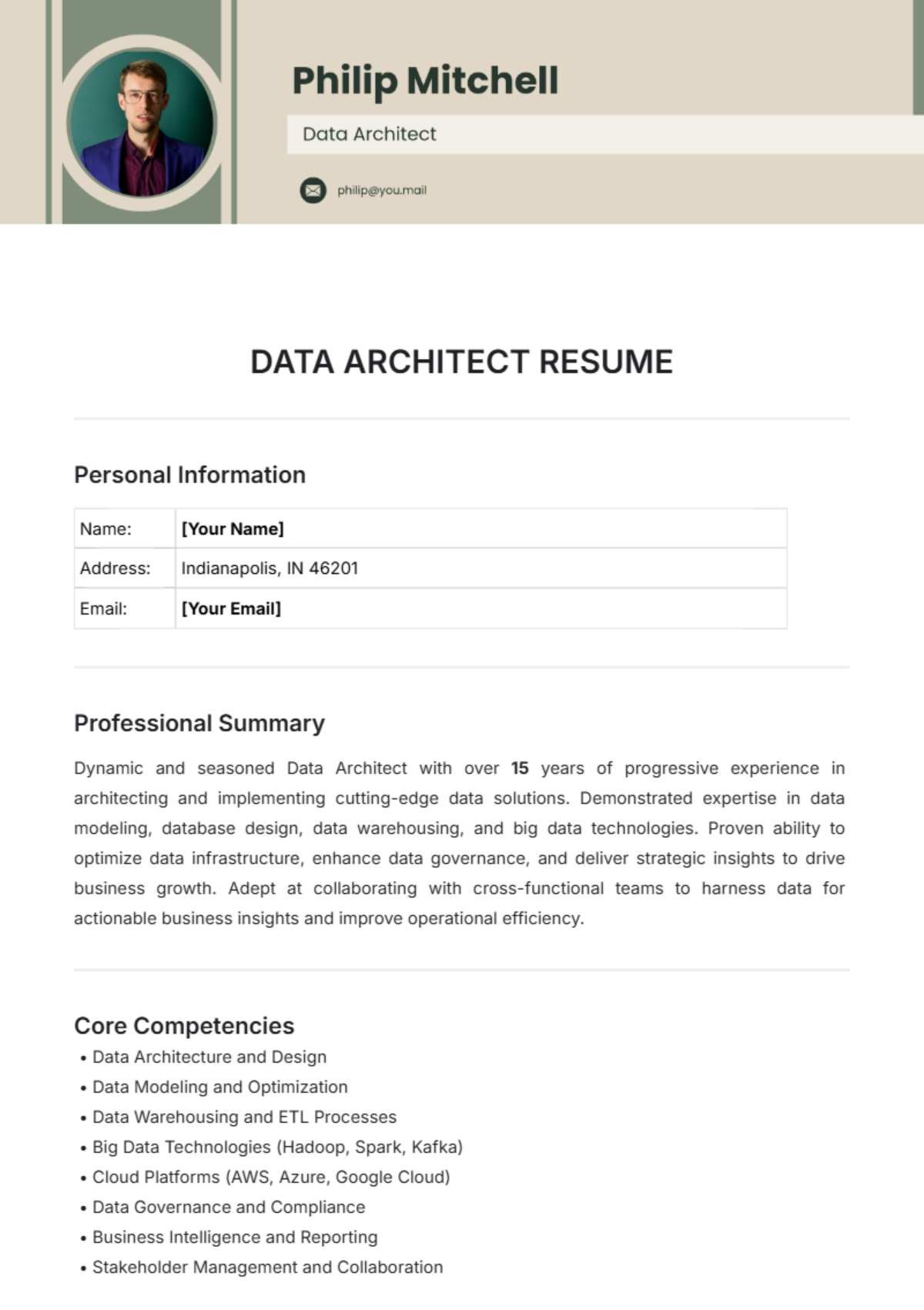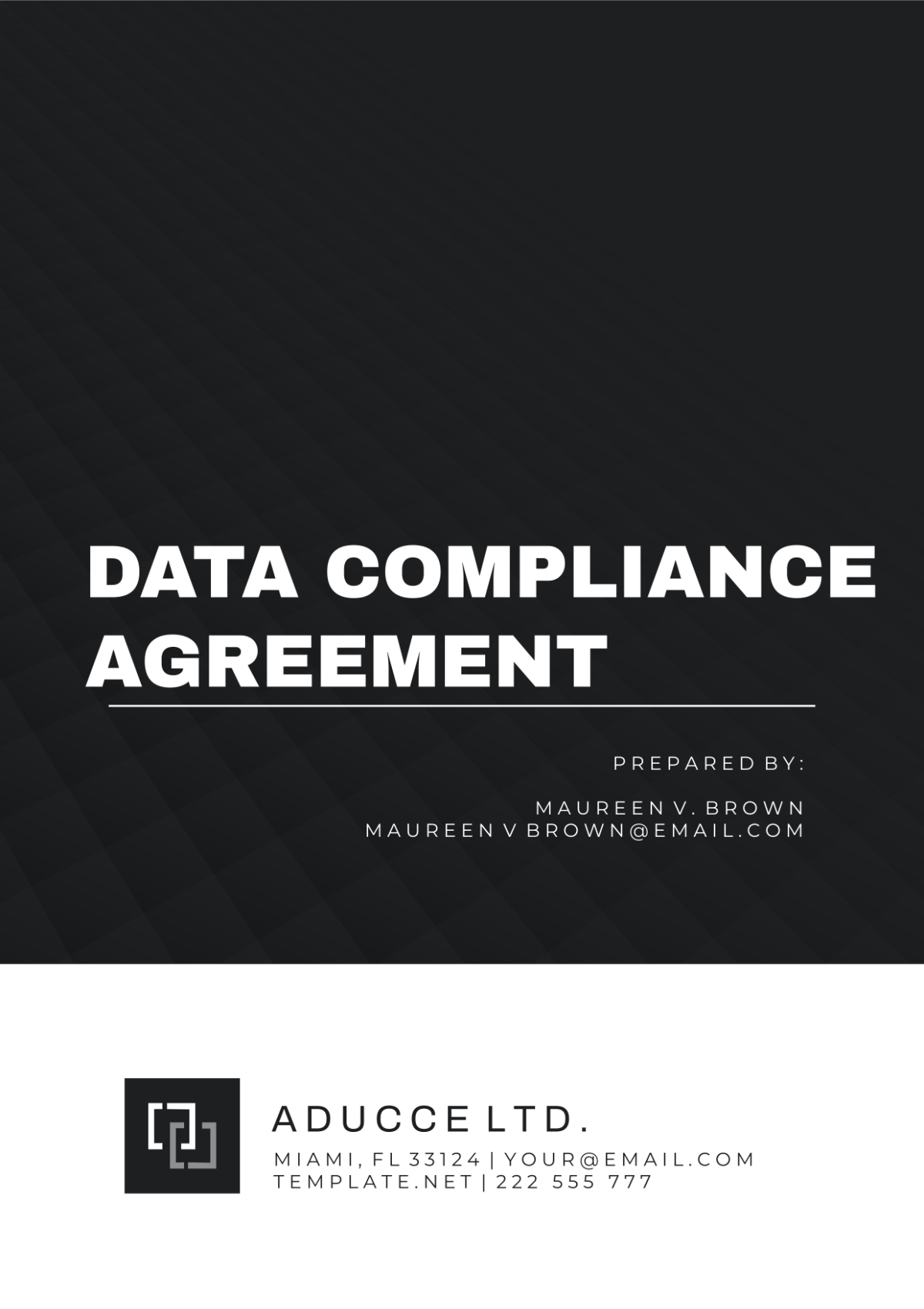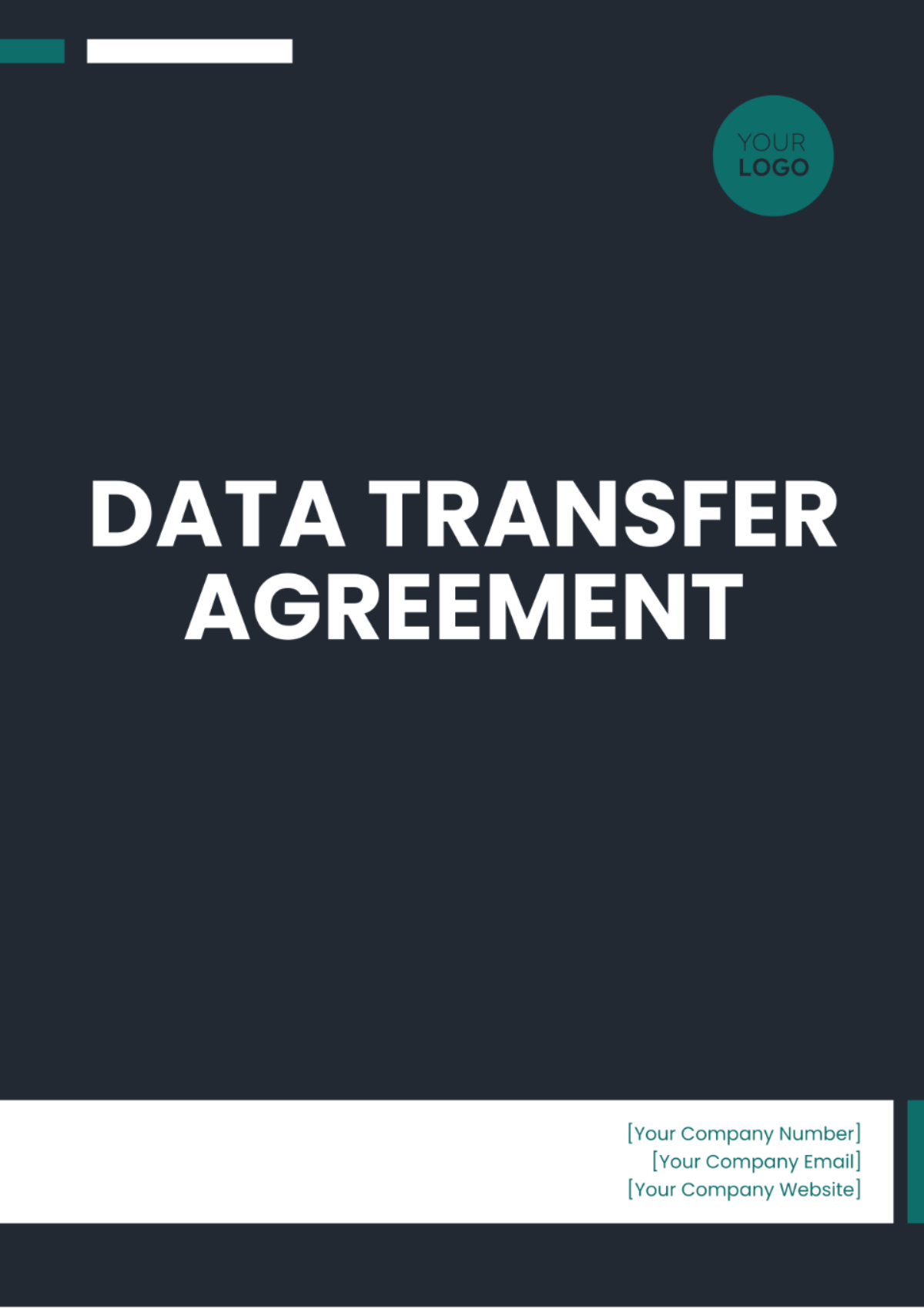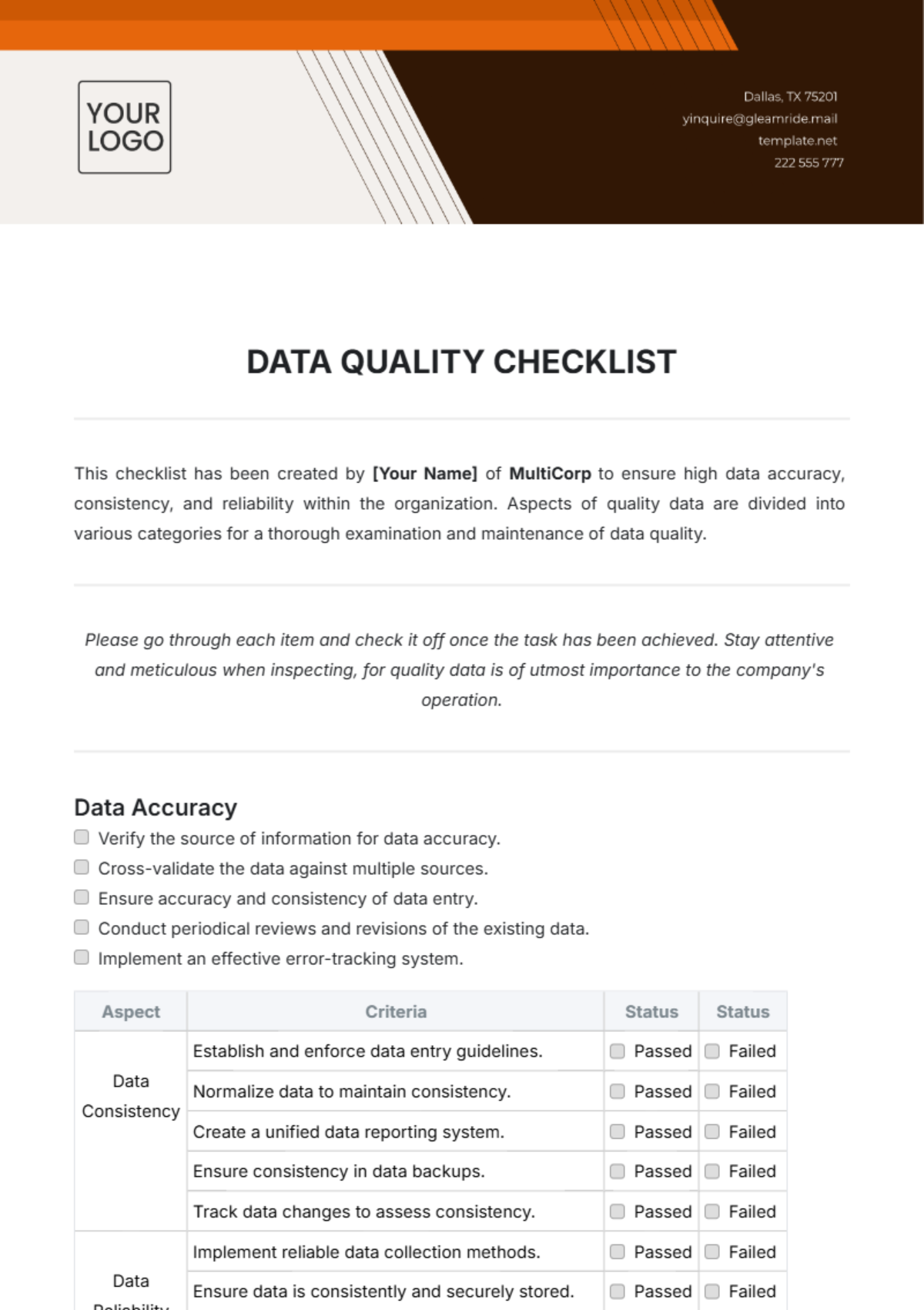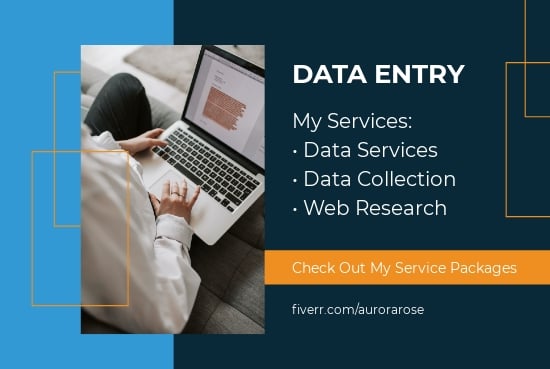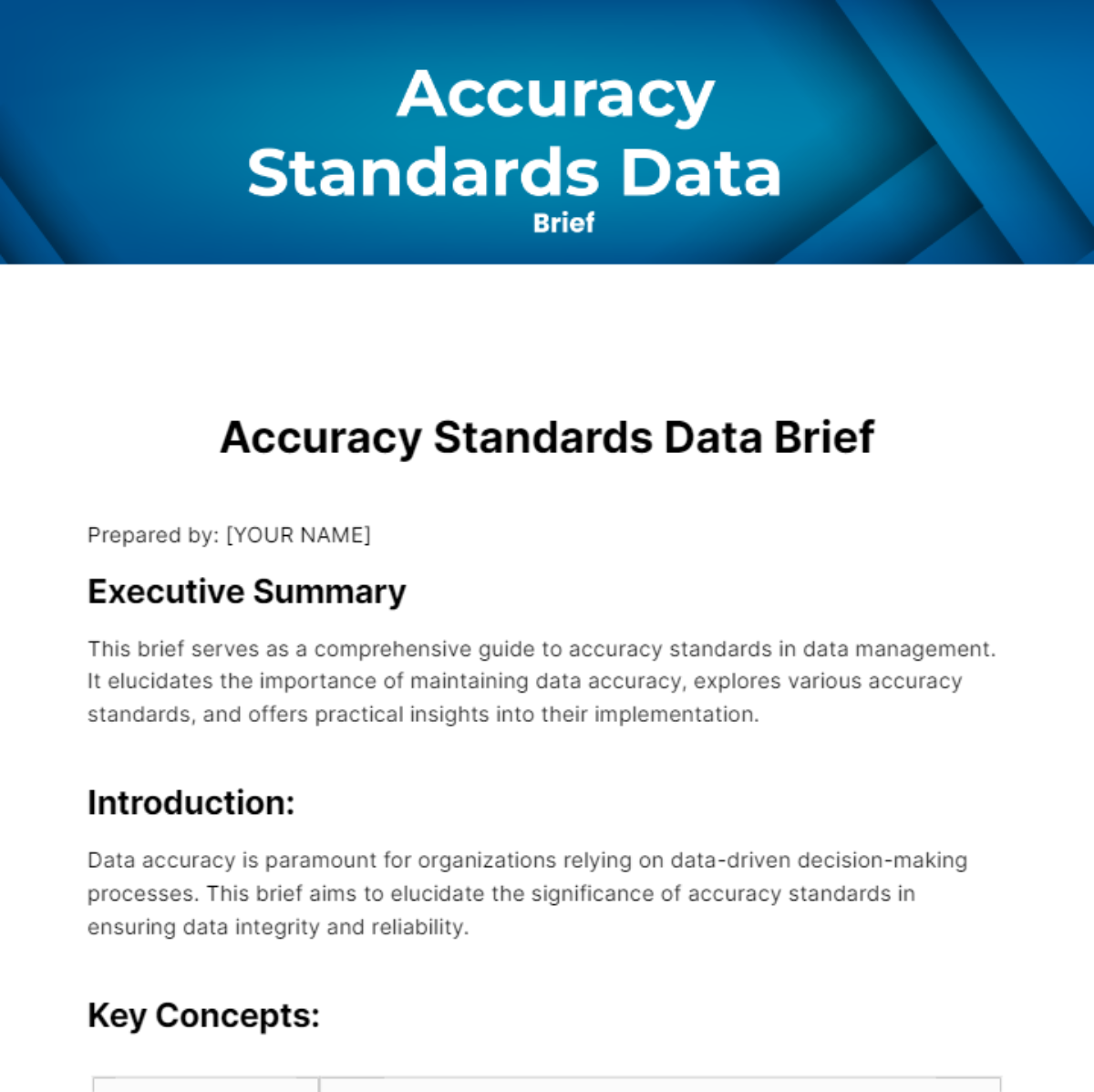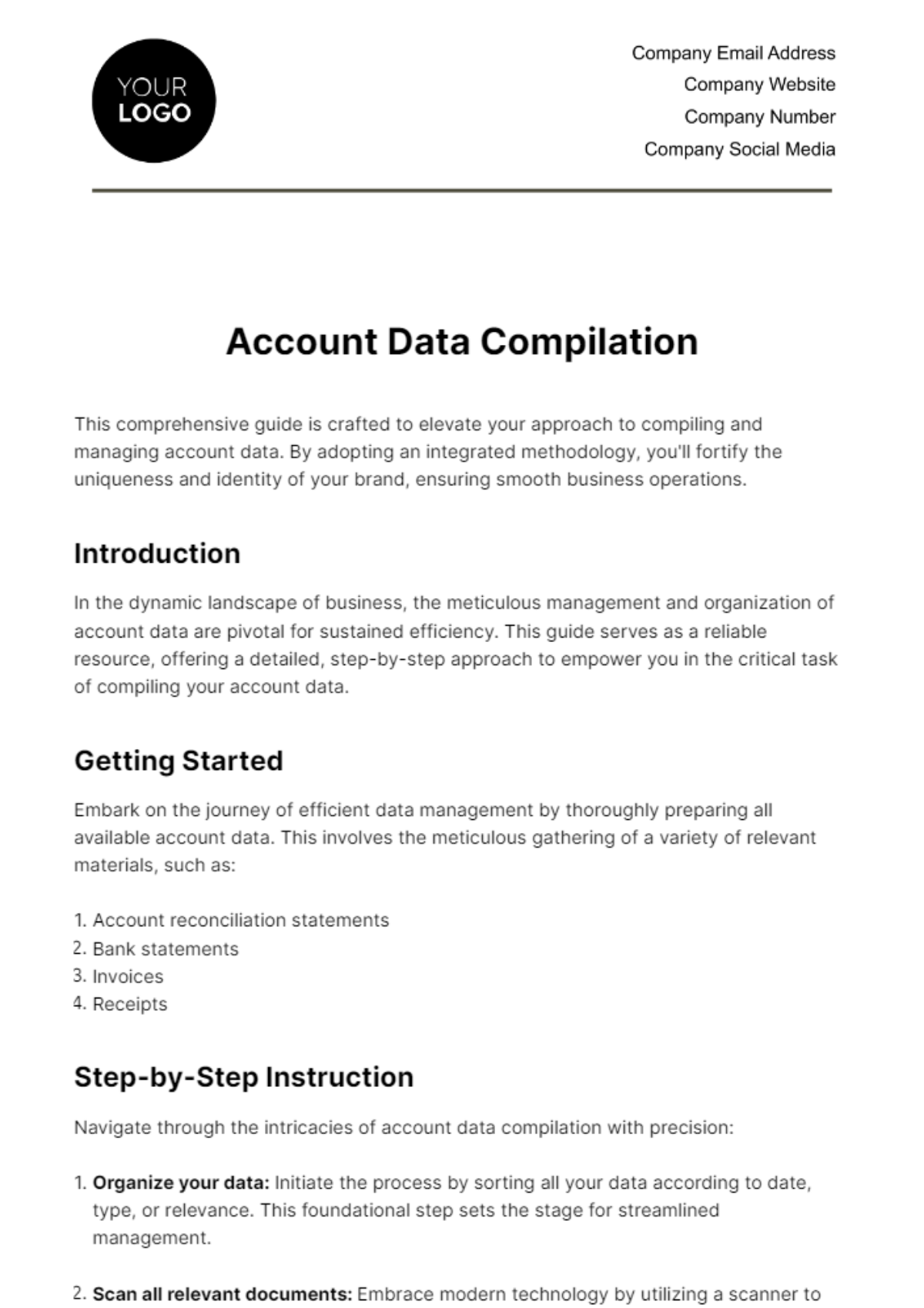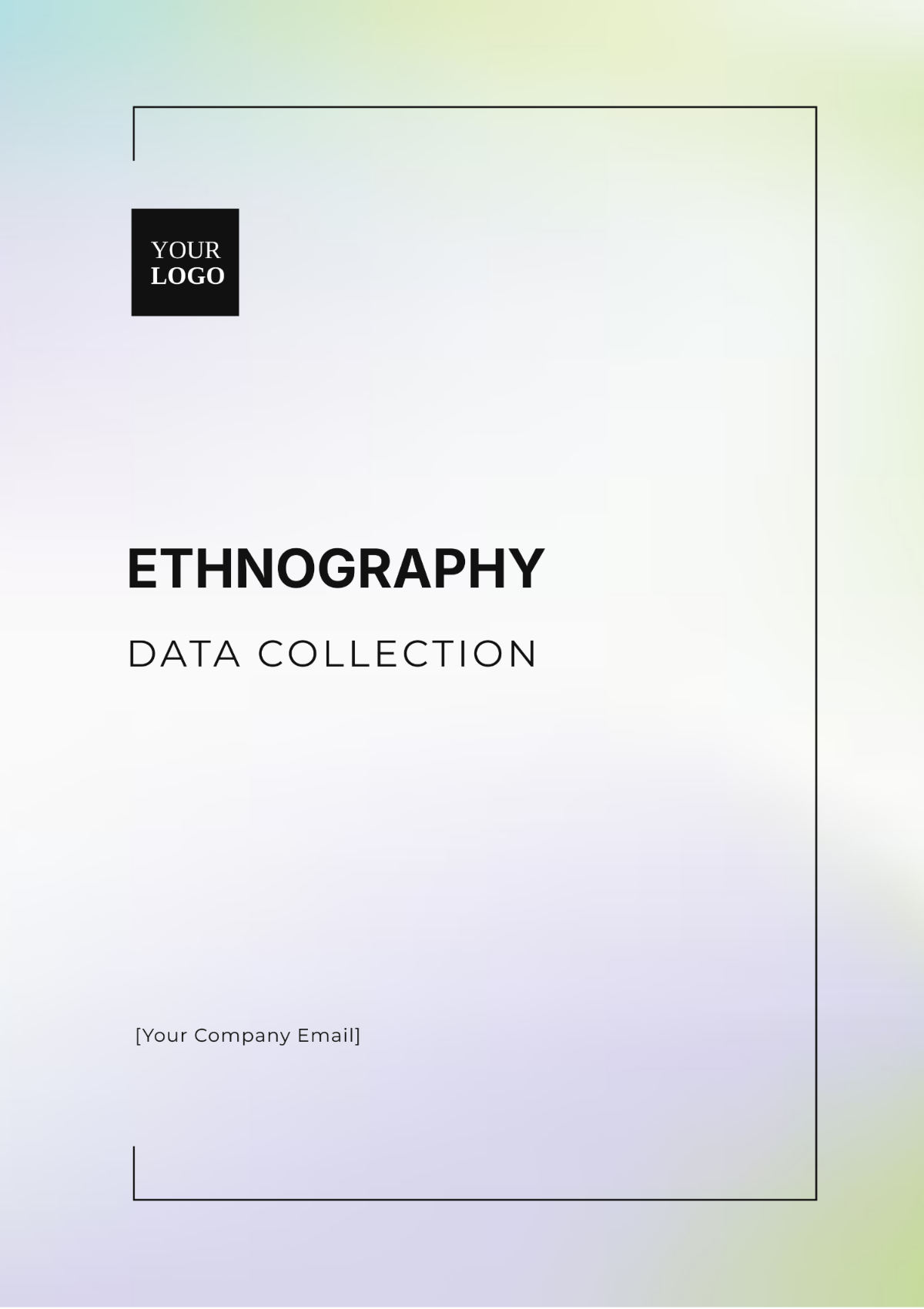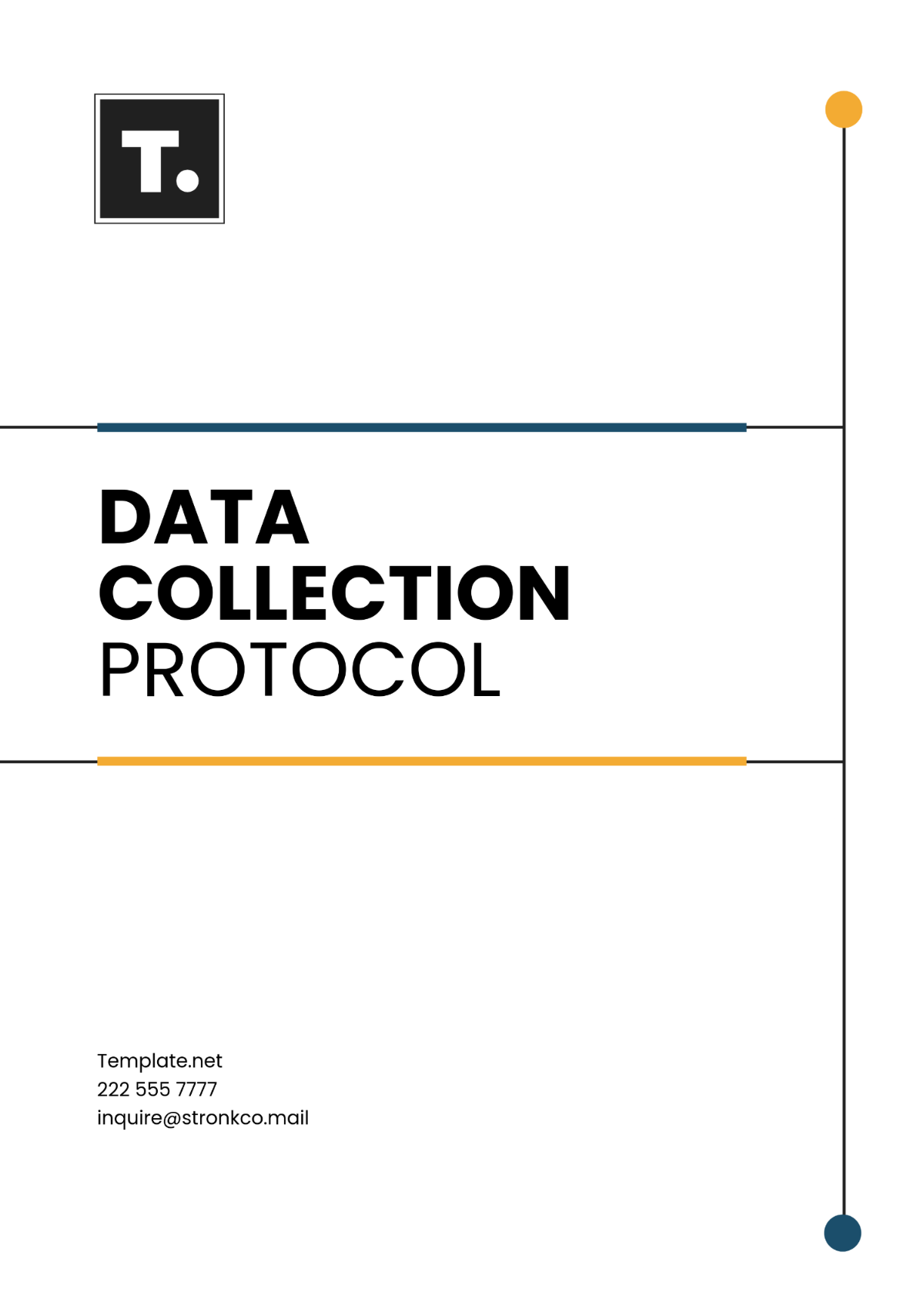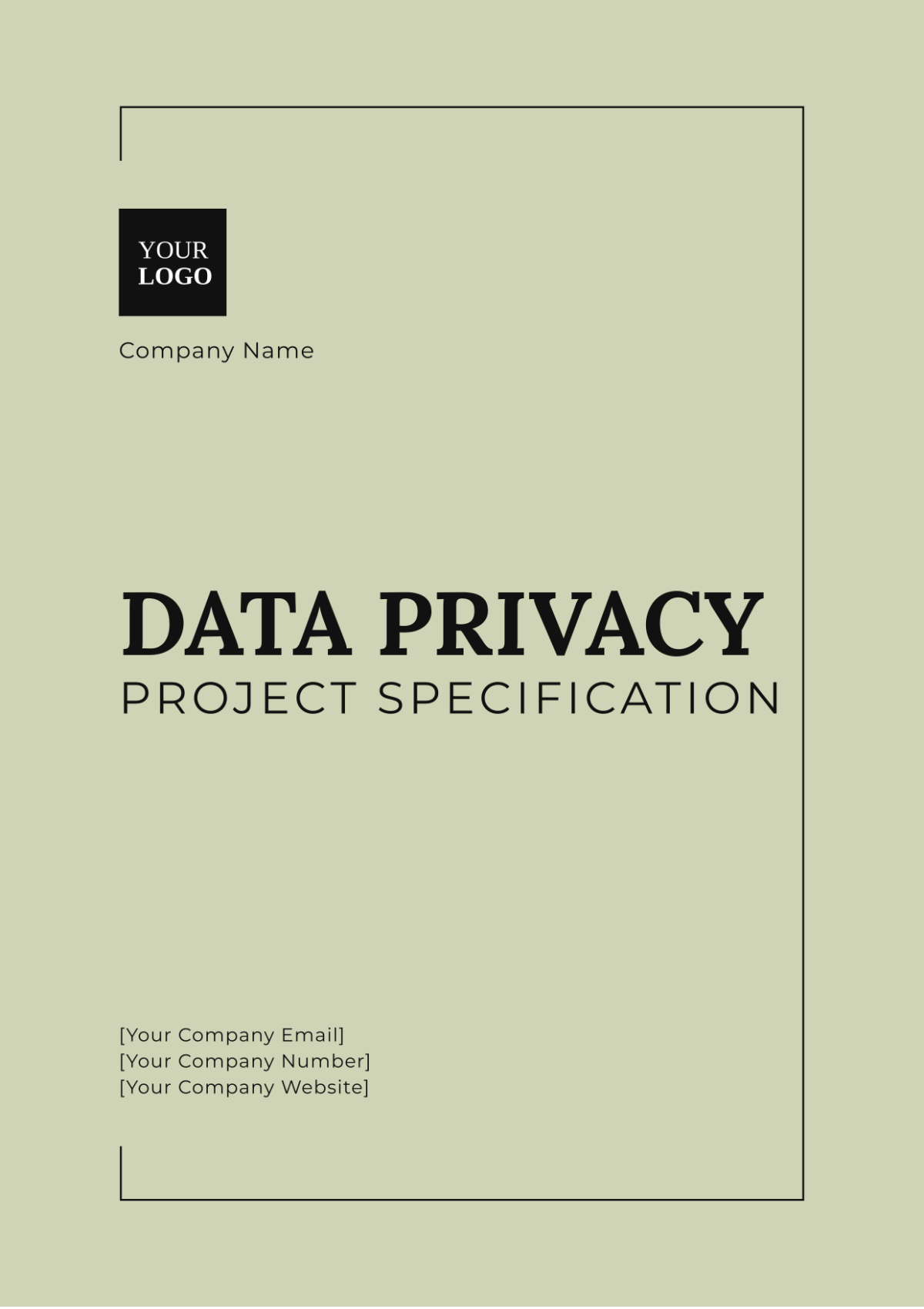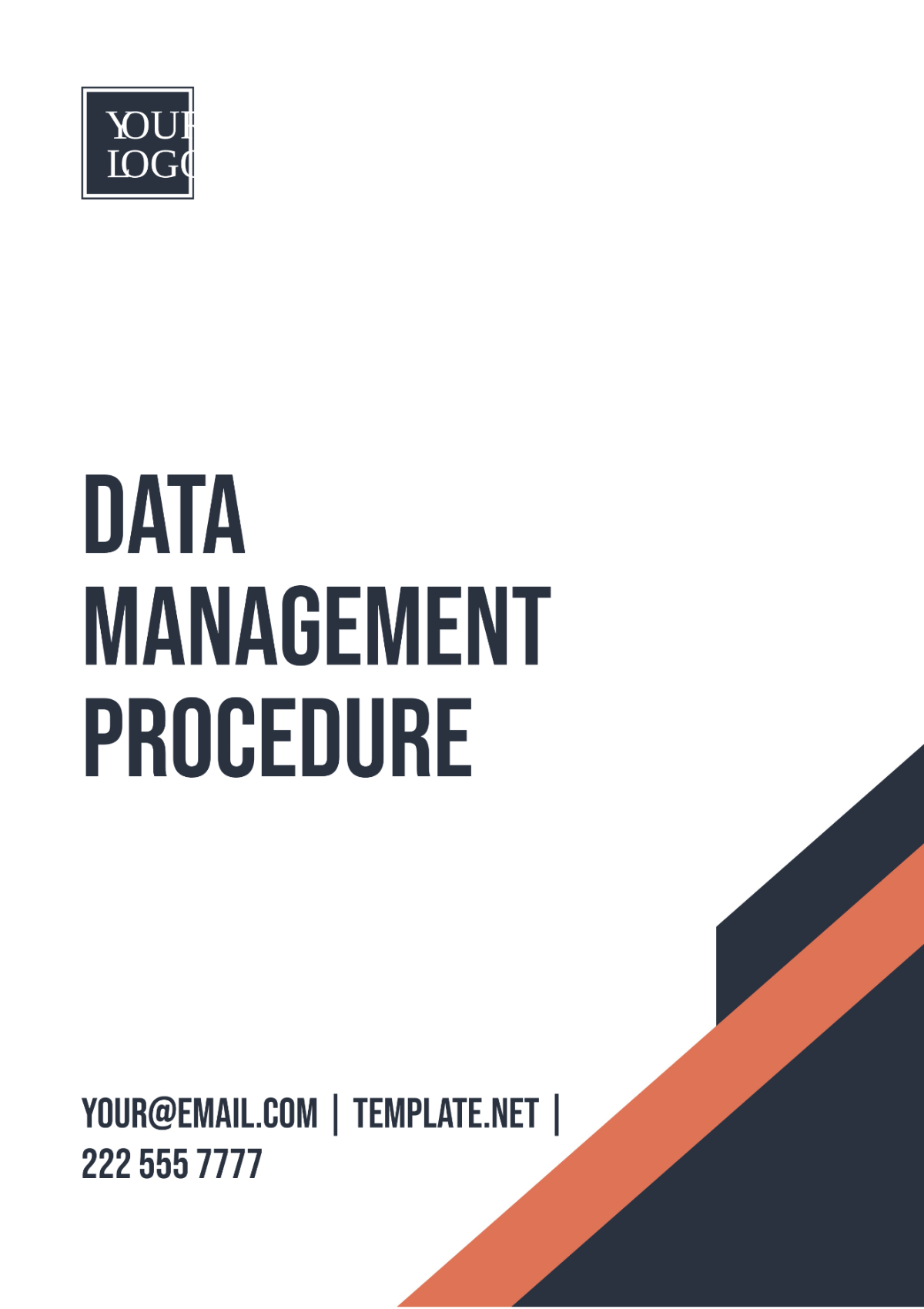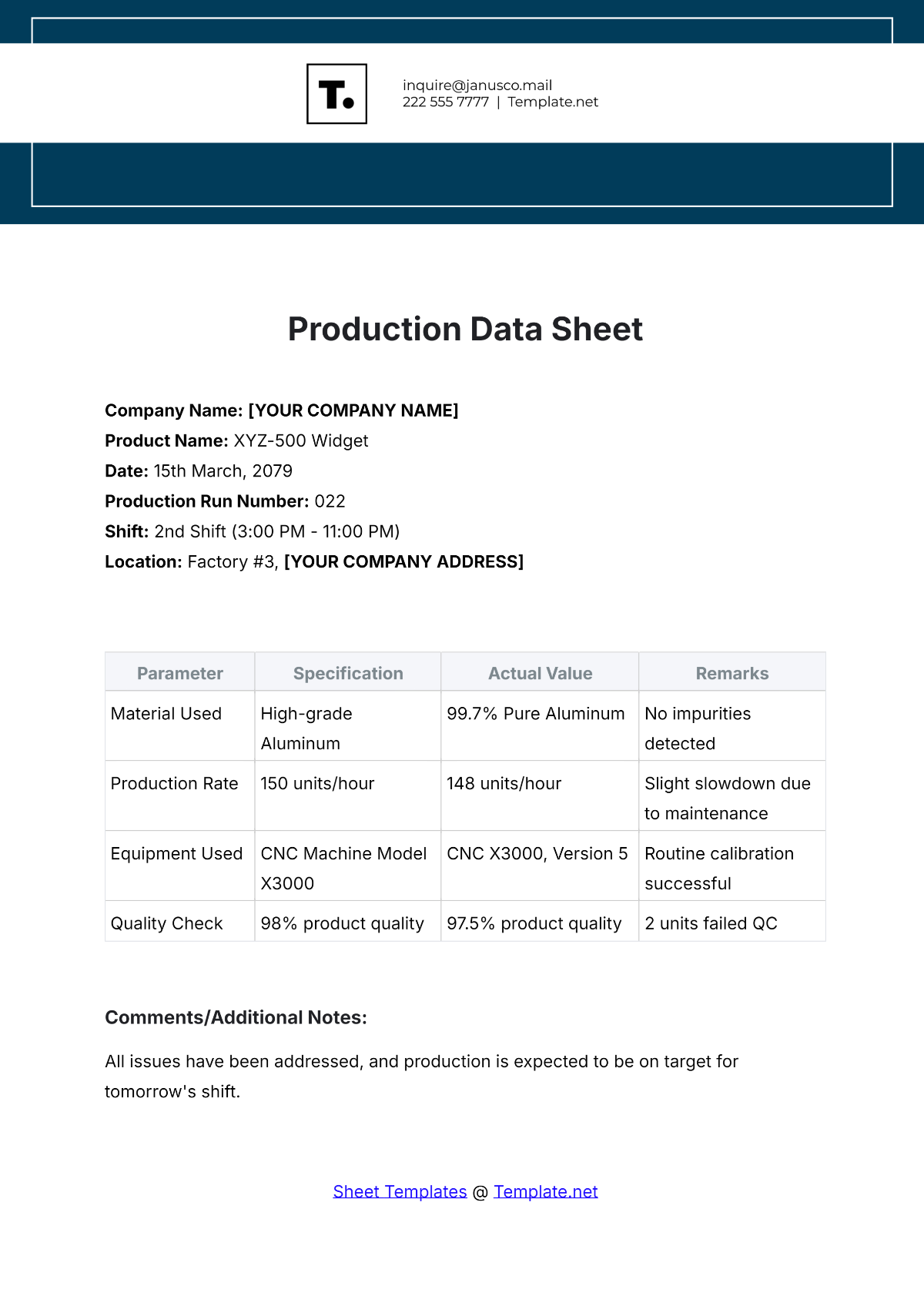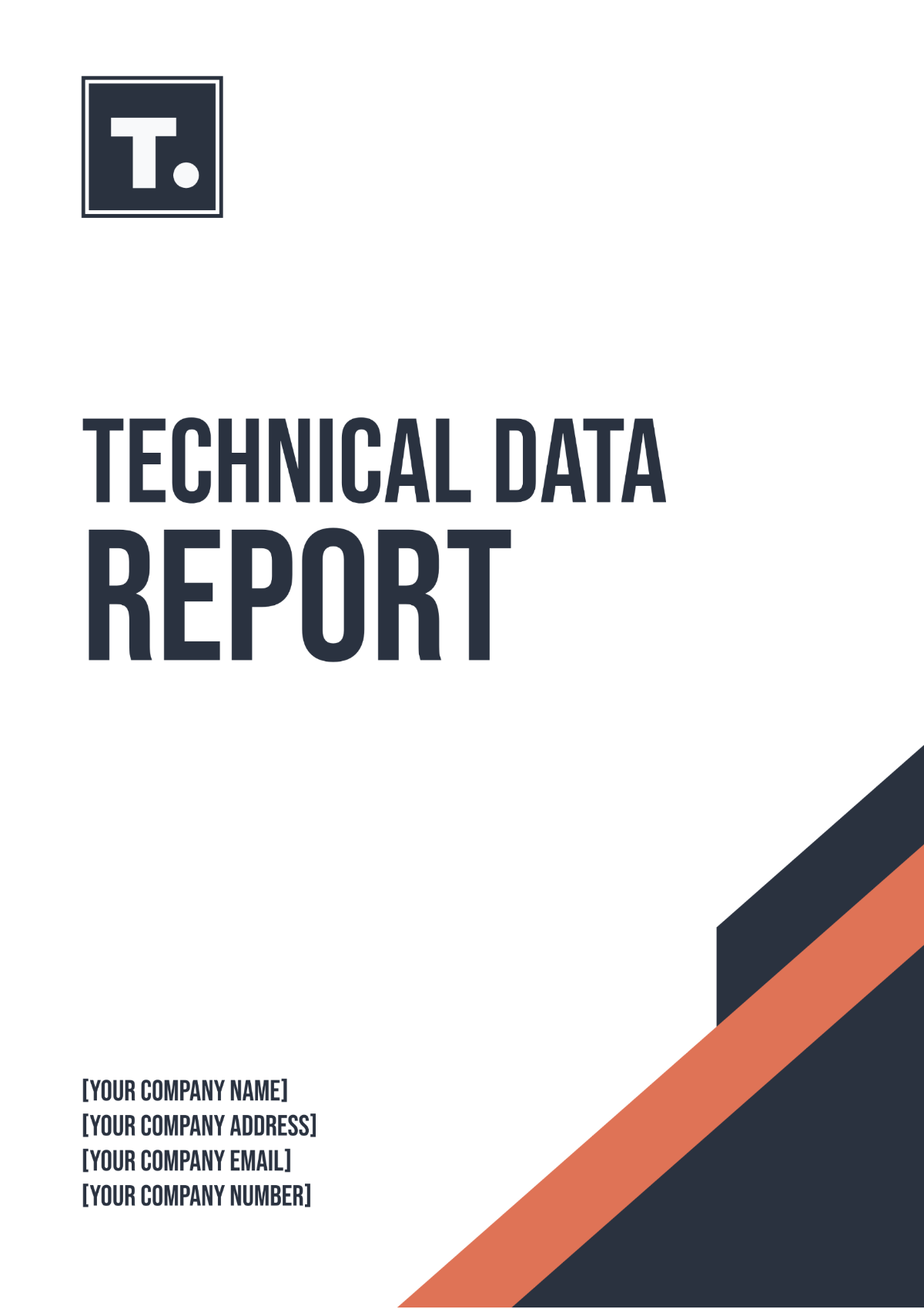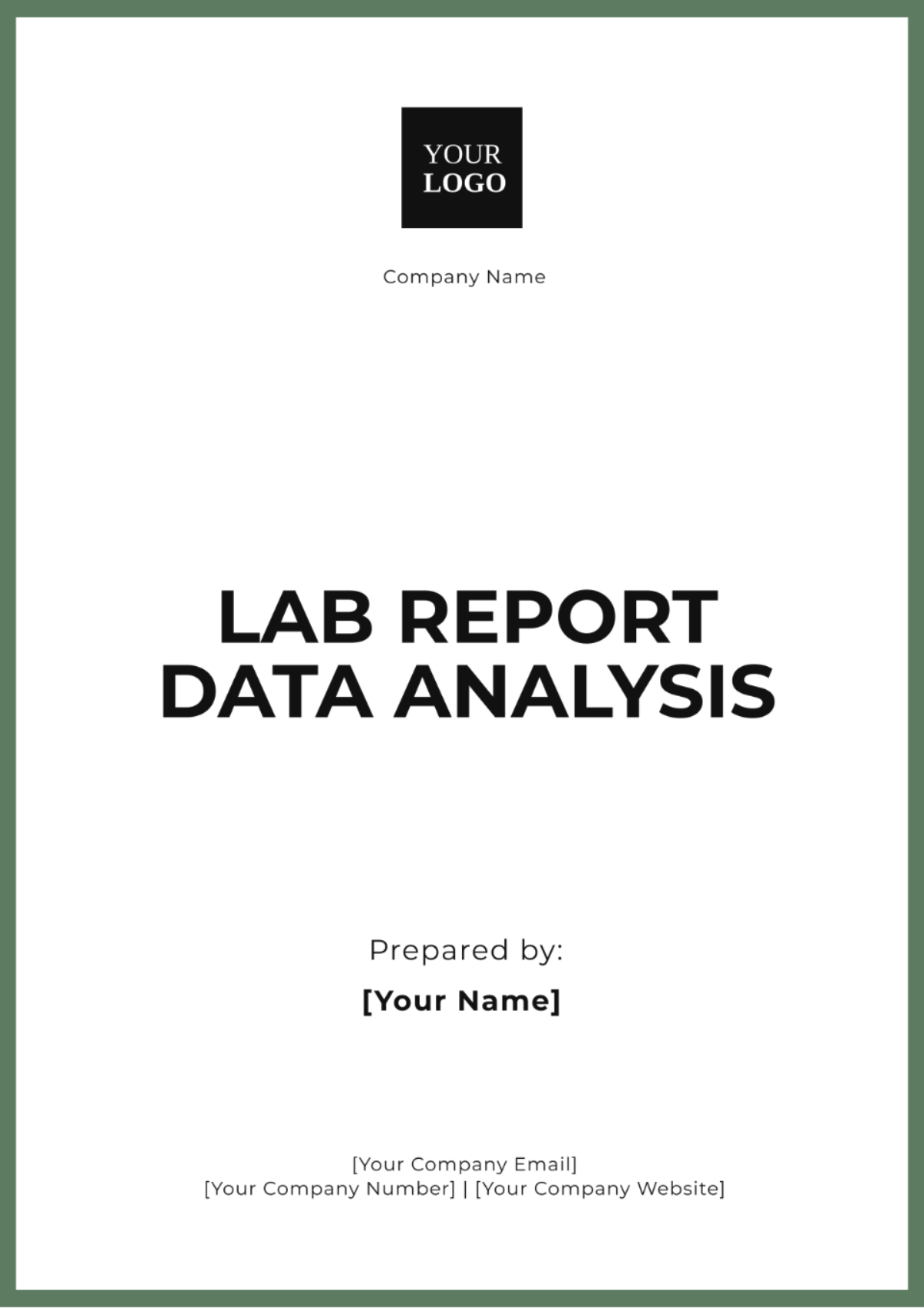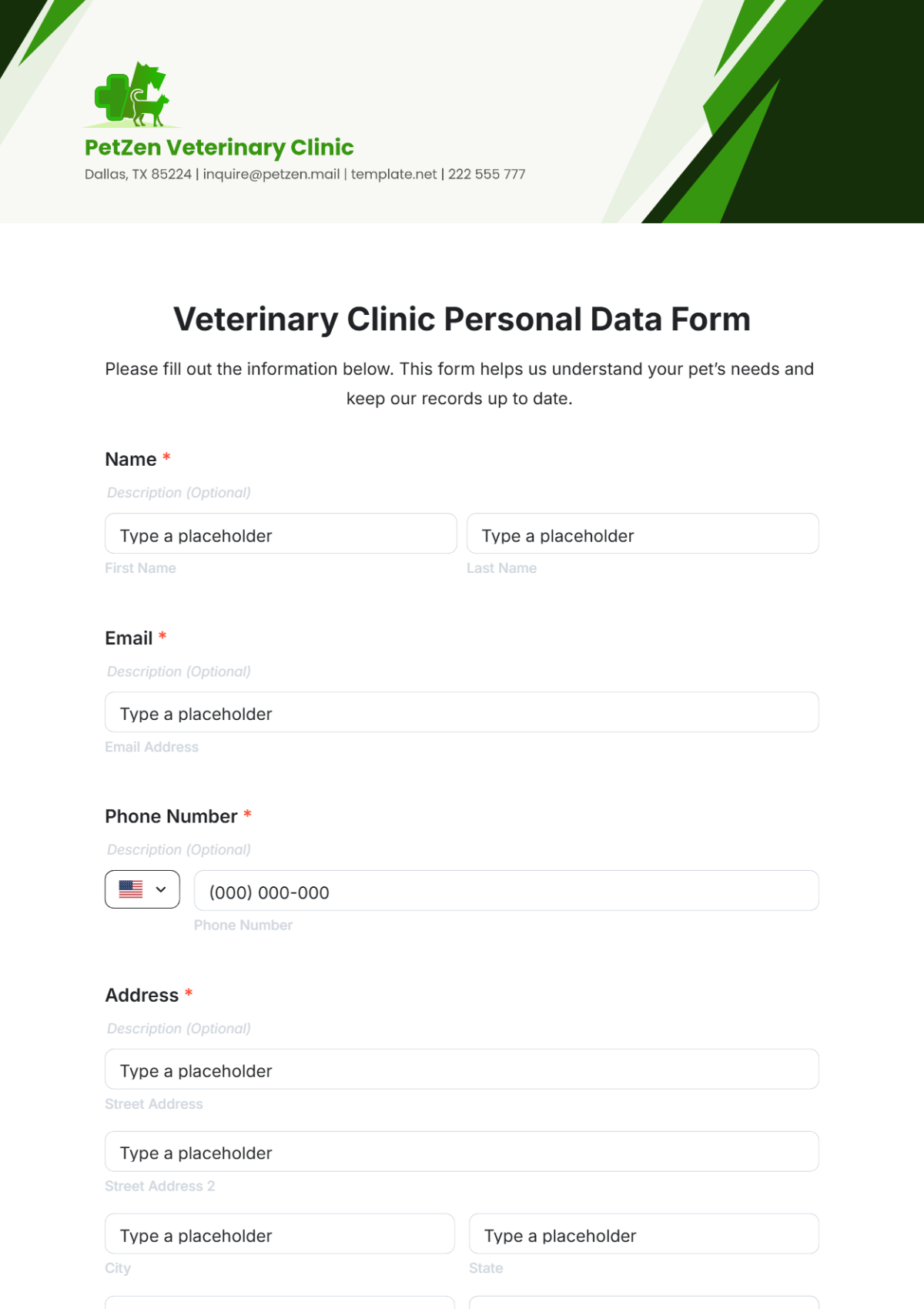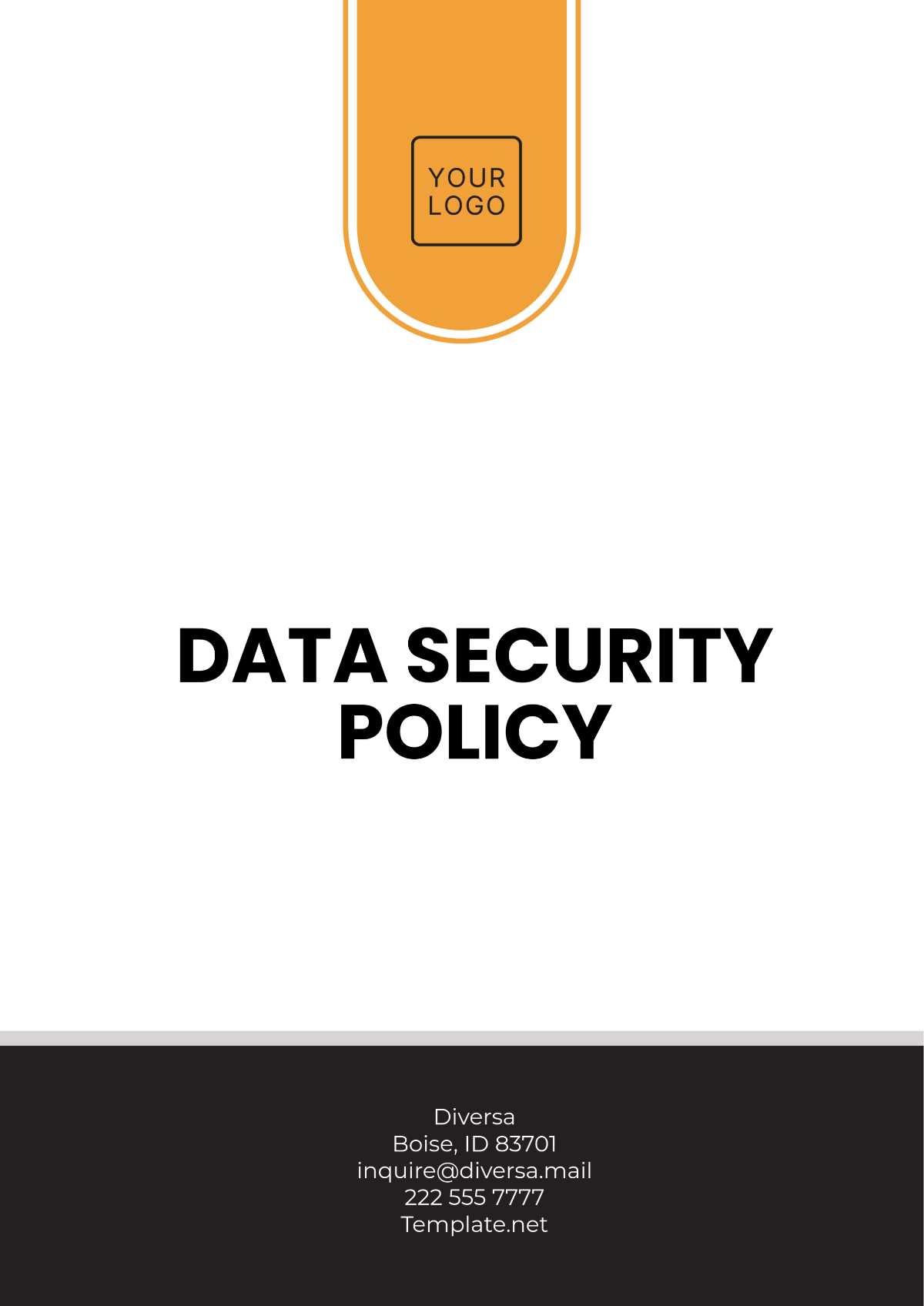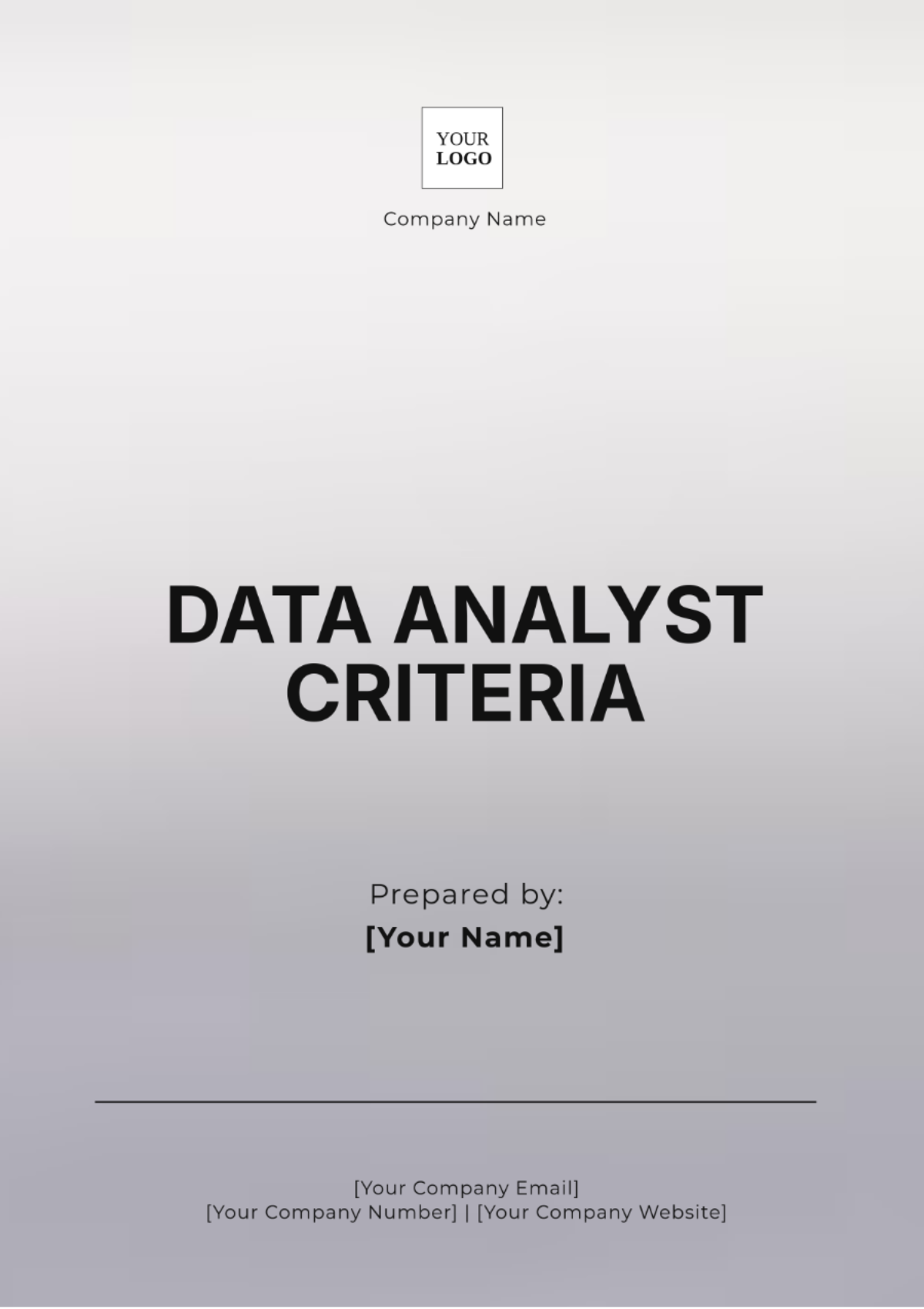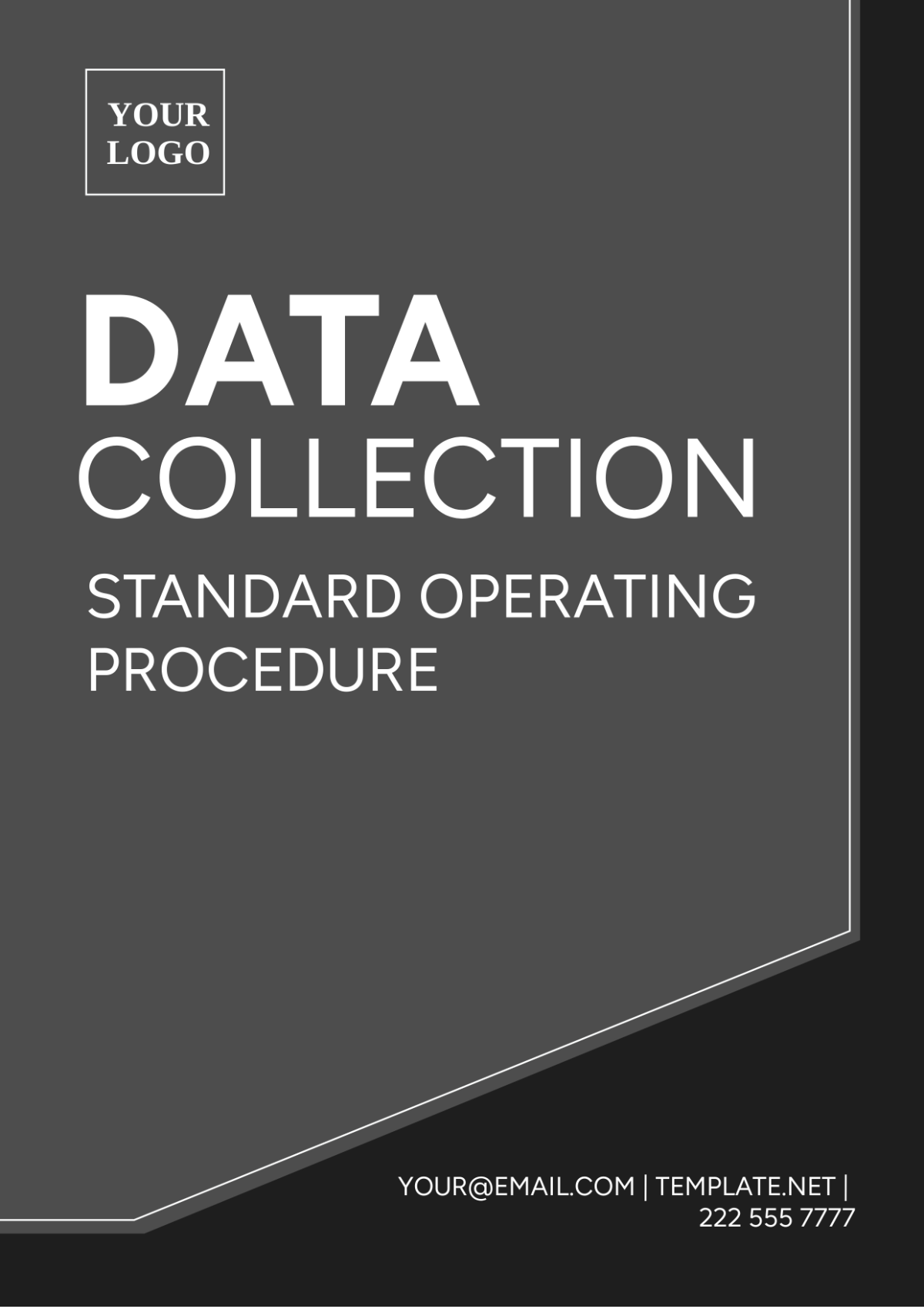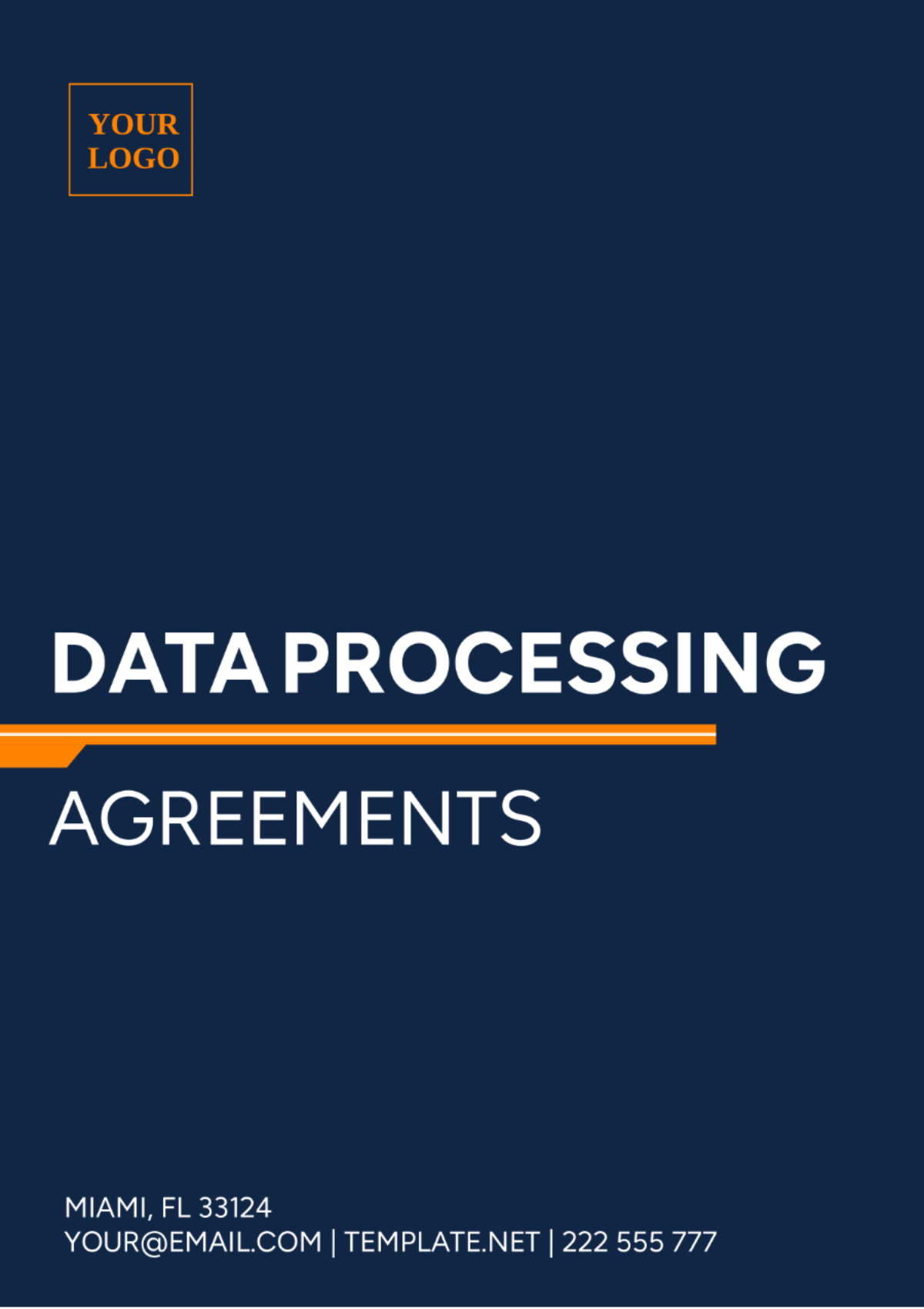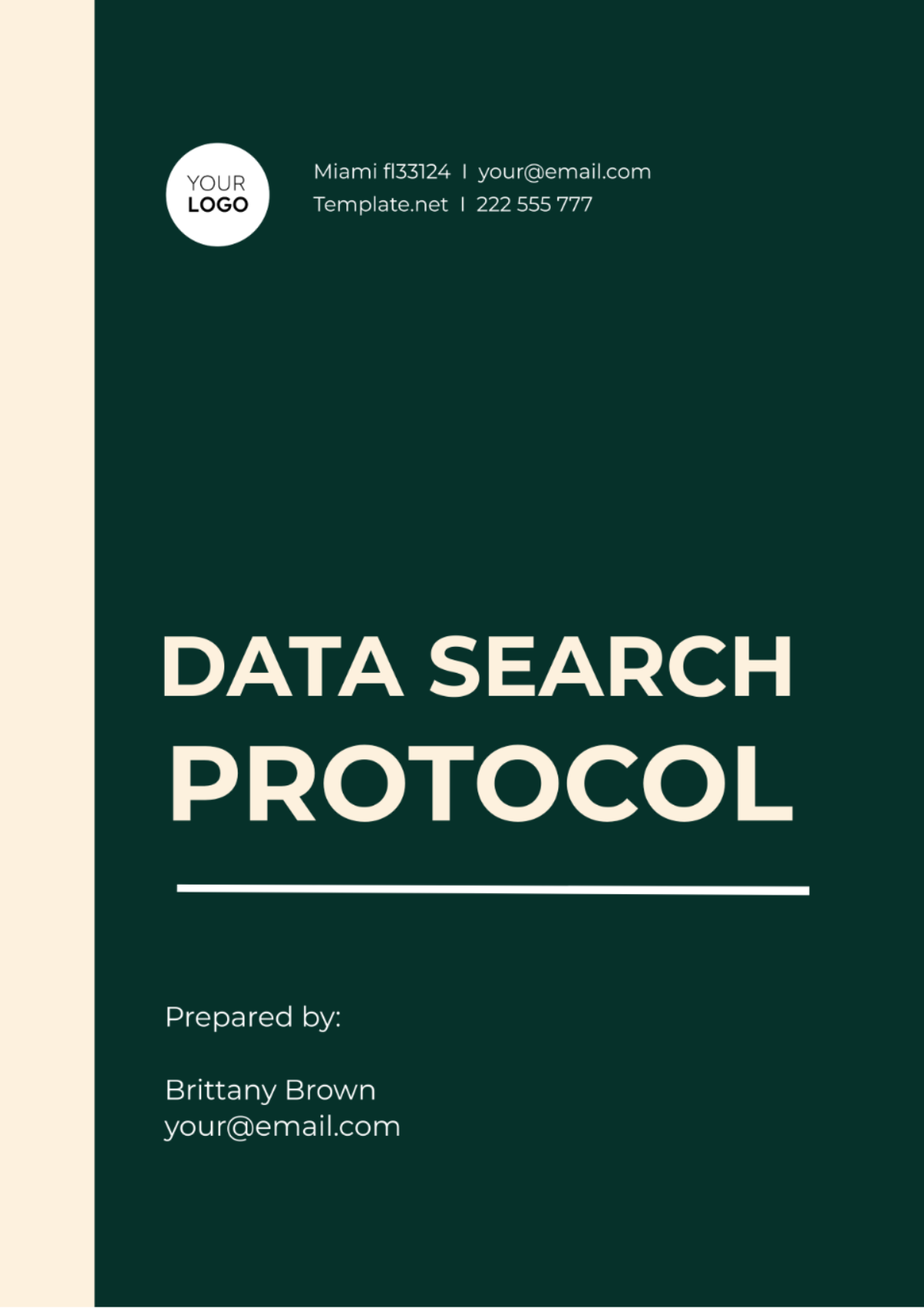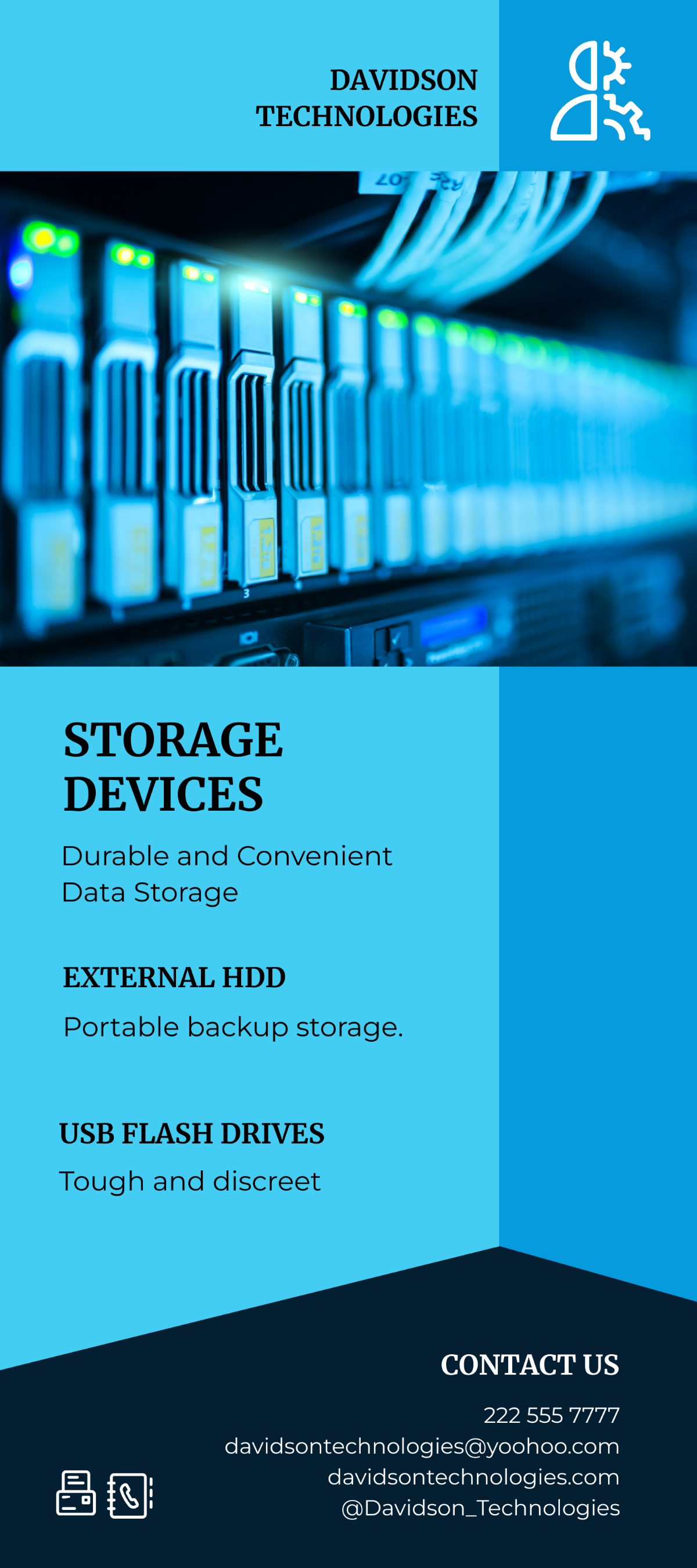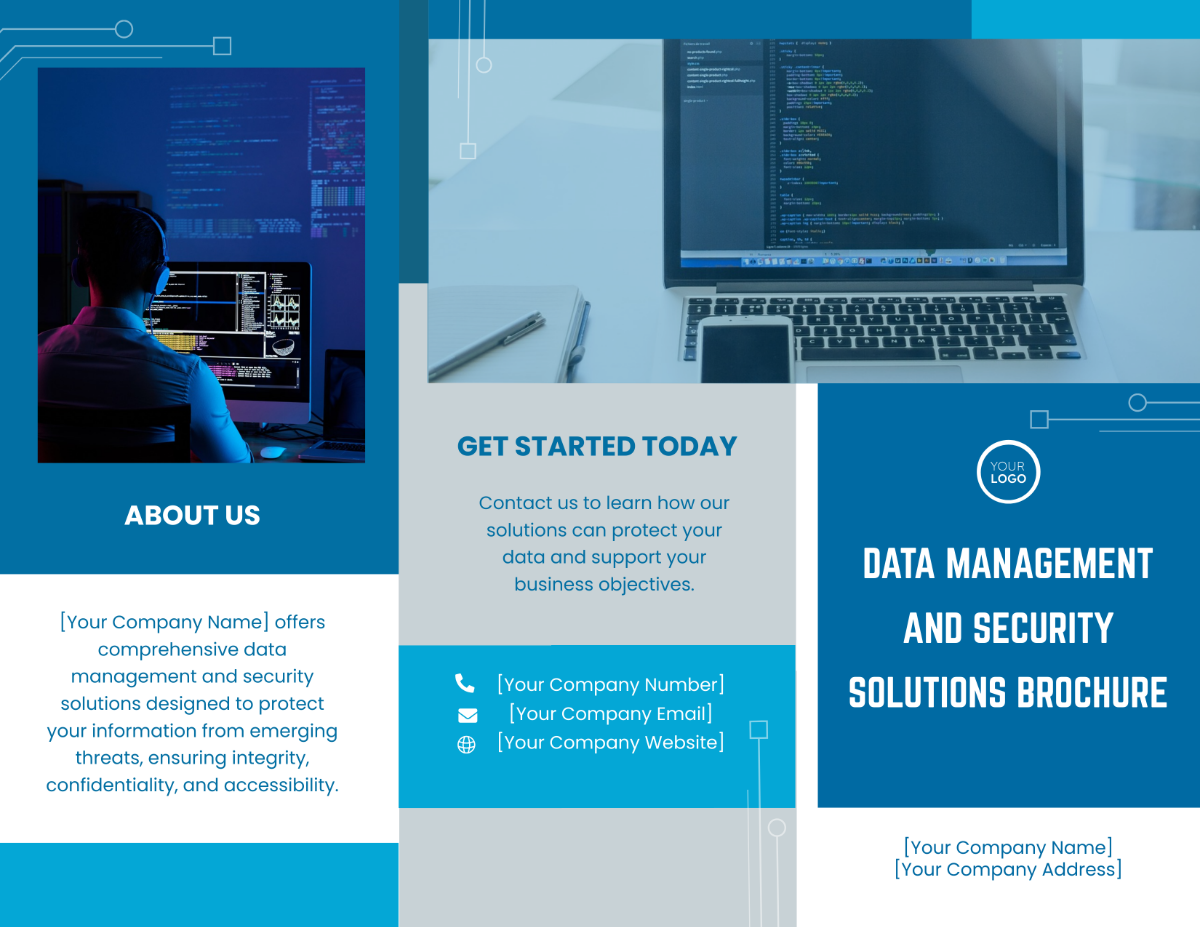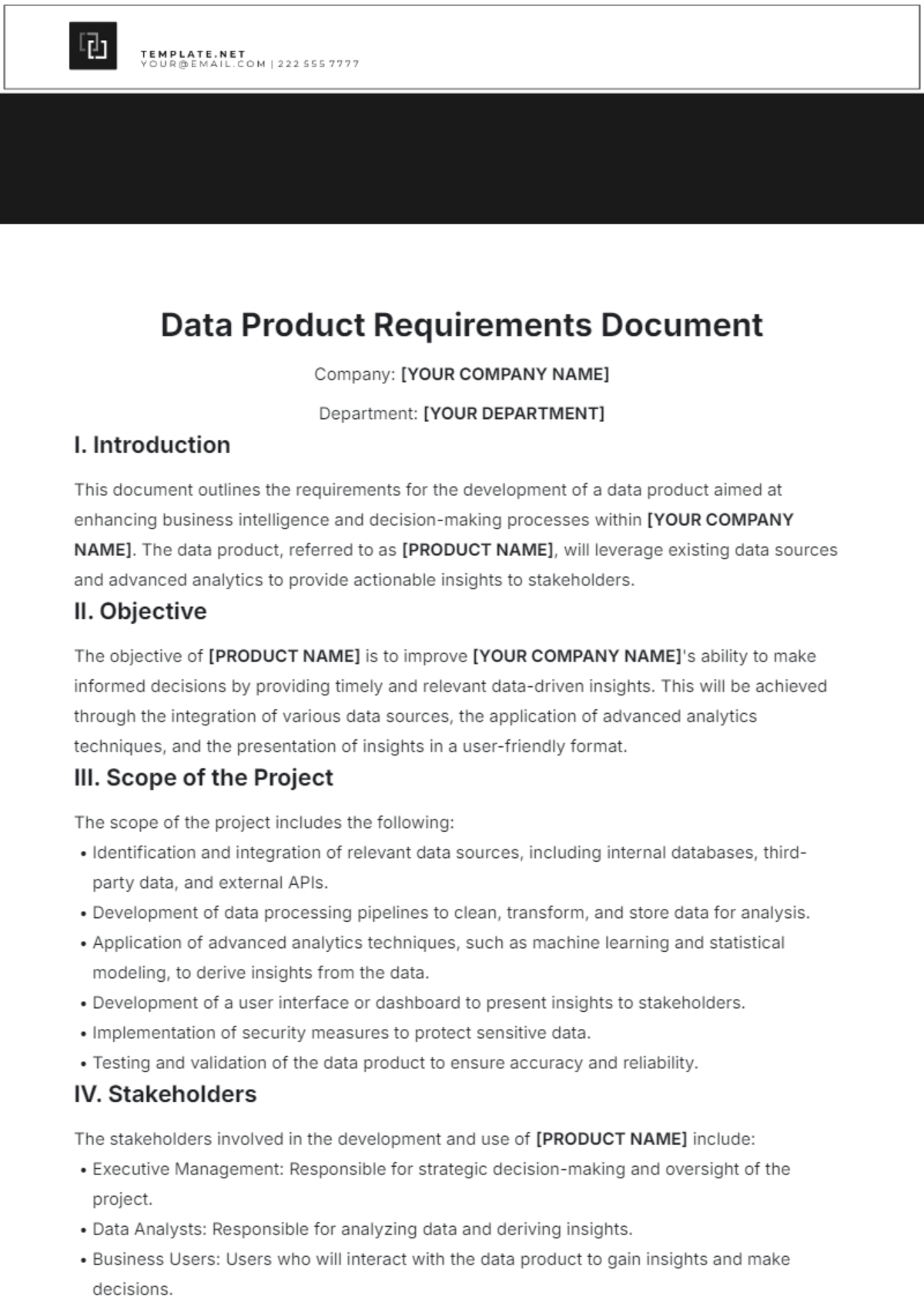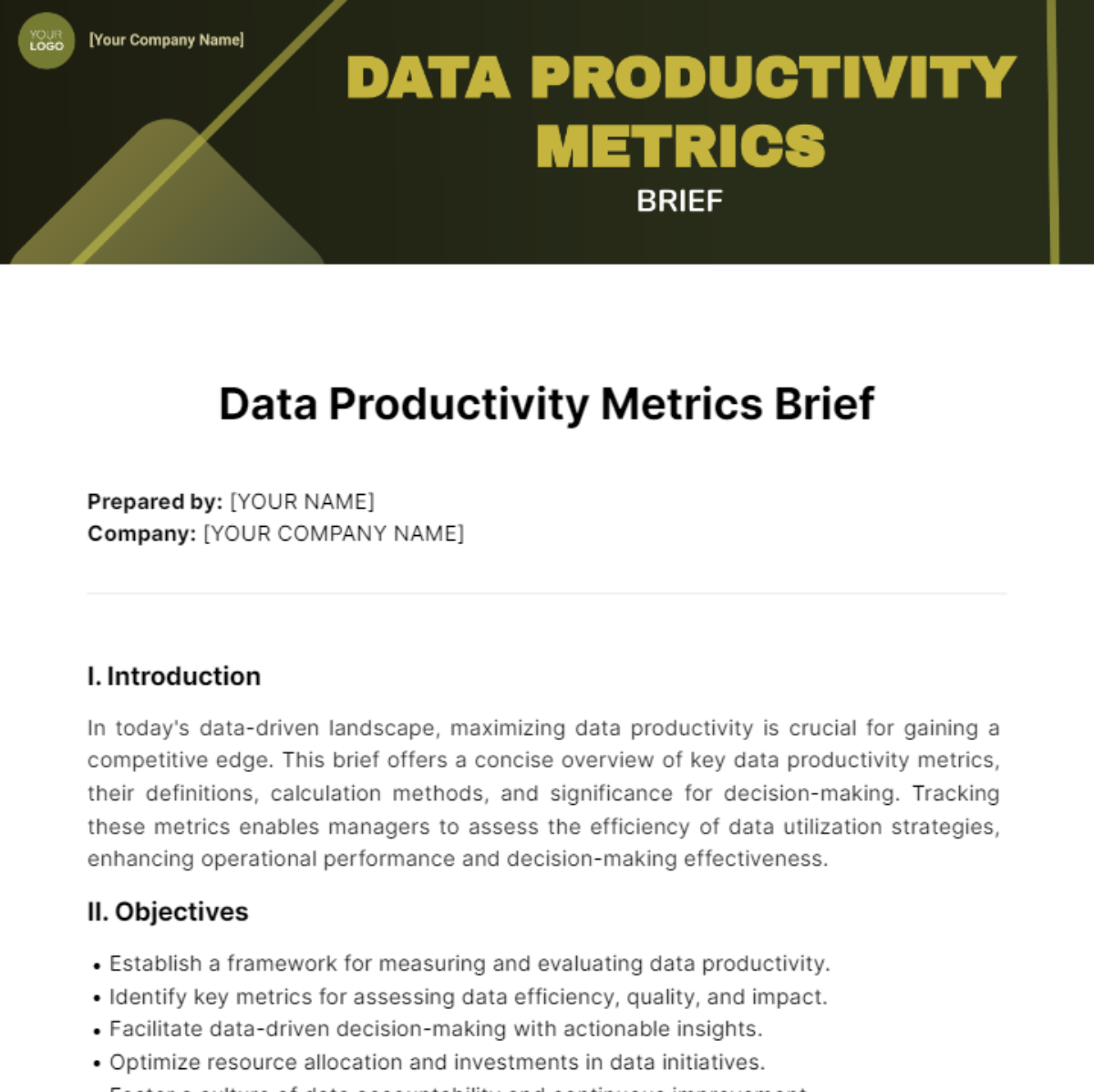Data Product Requirements Document
Company: [YOUR COMPANY NAME]
Department: [YOUR DEPARTMENT]
I. Introduction
This document outlines the requirements for the development of a data product aimed at enhancing business intelligence and decision-making processes within [YOUR COMPANY NAME]. The data product, referred to as [PRODUCT NAME], will leverage existing data sources and advanced analytics to provide actionable insights to stakeholders.
II. Objective
The objective of [PRODUCT NAME] is to improve [YOUR COMPANY NAME]'s ability to make informed decisions by providing timely and relevant data-driven insights. This will be achieved through the integration of various data sources, the application of advanced analytics techniques, and the presentation of insights in a user-friendly format.
III. Scope of the Project
The scope of the project includes the following:
Identification and integration of relevant data sources, including internal databases, third-party data, and external APIs.
Development of data processing pipelines to clean, transform, and store data for analysis.
Application of advanced analytics techniques, such as machine learning and statistical modeling, to derive insights from the data.
Development of a user interface or dashboard to present insights to stakeholders.
Implementation of security measures to protect sensitive data.
Testing and validation of the data product to ensure accuracy and reliability.
IV. Stakeholders
The stakeholders involved in the development and use of [PRODUCT NAME] include:
Executive Management: Responsible for strategic decision-making and oversight of the project.
Data Analysts: Responsible for analyzing data and deriving insights.
Business Users: Users who will interact with the data product to gain insights and make decisions.
IT Department: Responsible for data integration, infrastructure, and security.
V. Requirements
A. Functional Requirements
Data Integration: should be able to integrate data from multiple sources, including databases, files, and APIs.
Data Processing: clean and transform raw data into a format suitable for analysis.
Data Analysis: Advanced analytics techniques should be applied to derive insights from the data.
Data Visualization: should present insights in a user-friendly format, such as charts, graphs, and tables.
Security: Security measures should be implemented to protect data privacy and confidentiality.
Scalability: should be scalable to handle large volumes of data and accommodate future growth.
B. Non-Functional Requirements
Performance: should provide fast and responsive performance, even when dealing with large datasets.
Reliability: should be reliable and available, with minimal downtime or data loss.
Usability: should be easy to use and navigate, with an intuitive user interface.
Compatibility: should be compatible with a wide range of devices and operating systems.
VI. User Stories
User Role | User Need | Acceptance Criteria |
|---|---|---|
Data Analyst | Needs to quickly visualize data trends. | Ability to generate graphs and charts from datasets within 2 clicks. |
Business Manager | Requires reports that are easy to understand and actionable. | Reports are generated with summaries and actionable items highlighted. |
IT Administrator | Ensure data security and compliance. | The system must log all access and changes to data. |
VII. Timeline
The development of [PRODUCT NAME] is expected to be completed within [TIMELINE], with regular milestones and progress updates. The timeline is as follows:
Phase 1: Planning and Requirements Gathering (Month 1)
Phase 2: Data Integration and Processing (Months 2-4)
Phase 3: Analytics Development and Testing (Months 5-7)
Phase 4: User Interface Development (Months 8-10)
Phase 5: Security Implementation and Final Testing (Months 11-12)
Phase 6: Deployment and User Training (Month 13)
